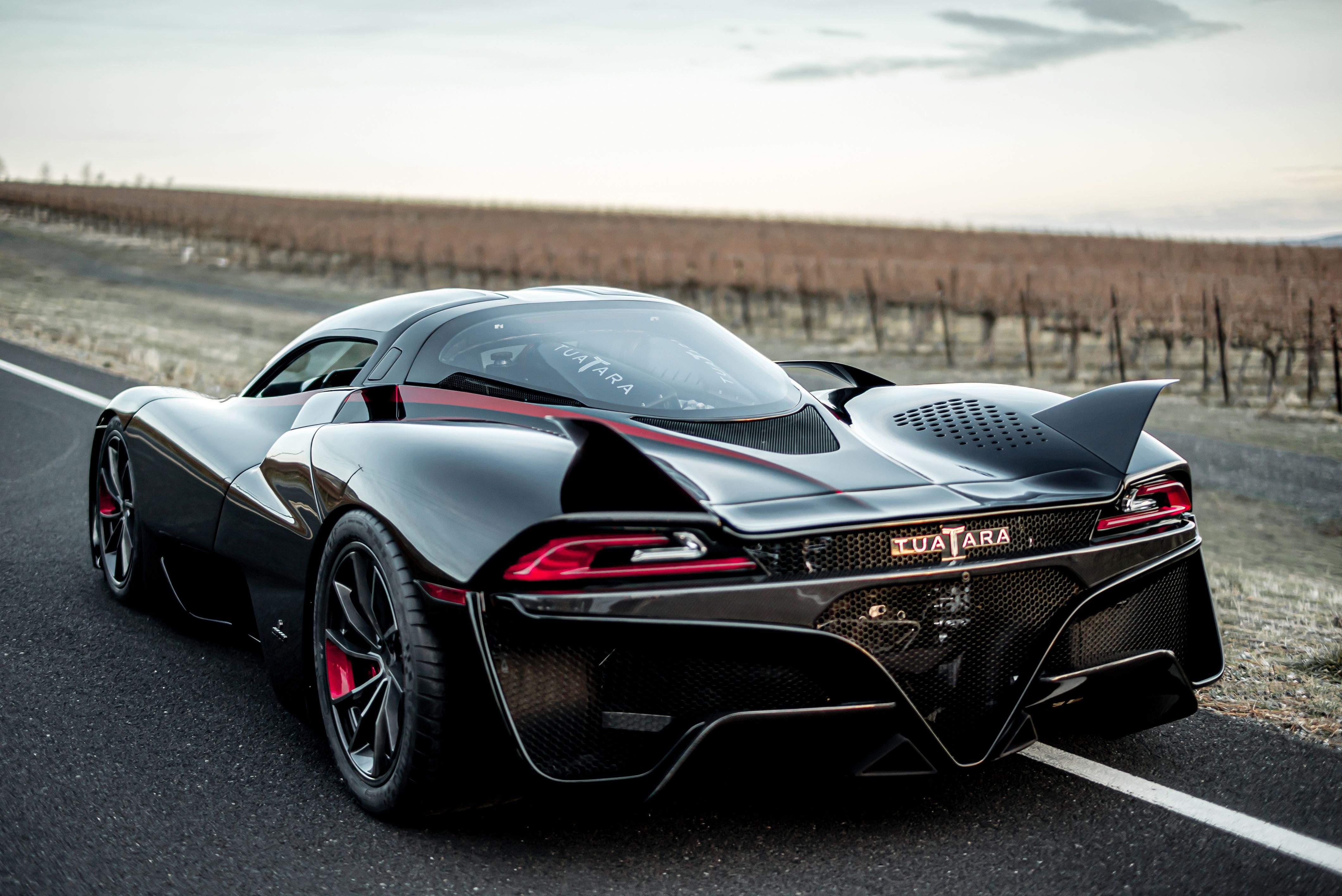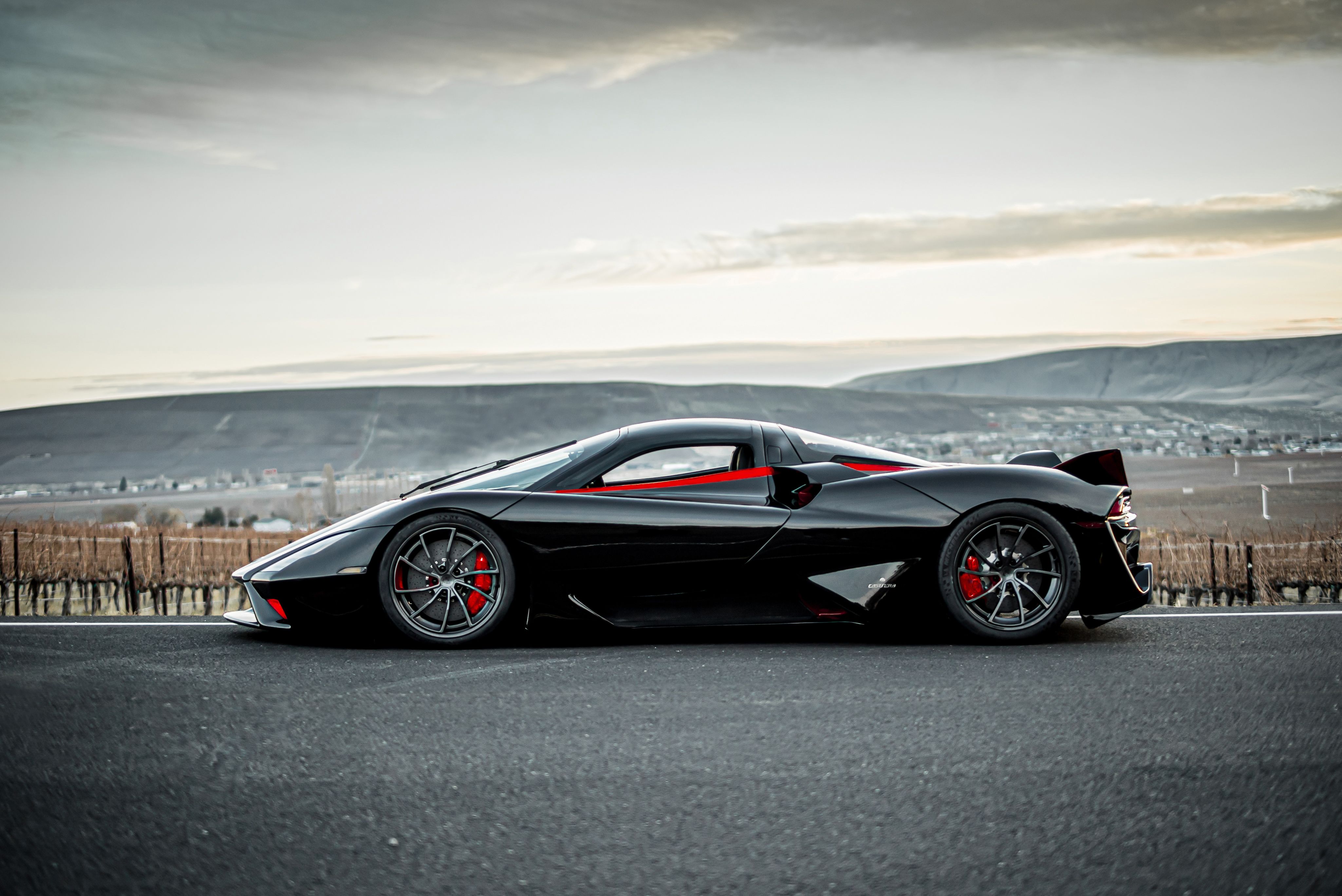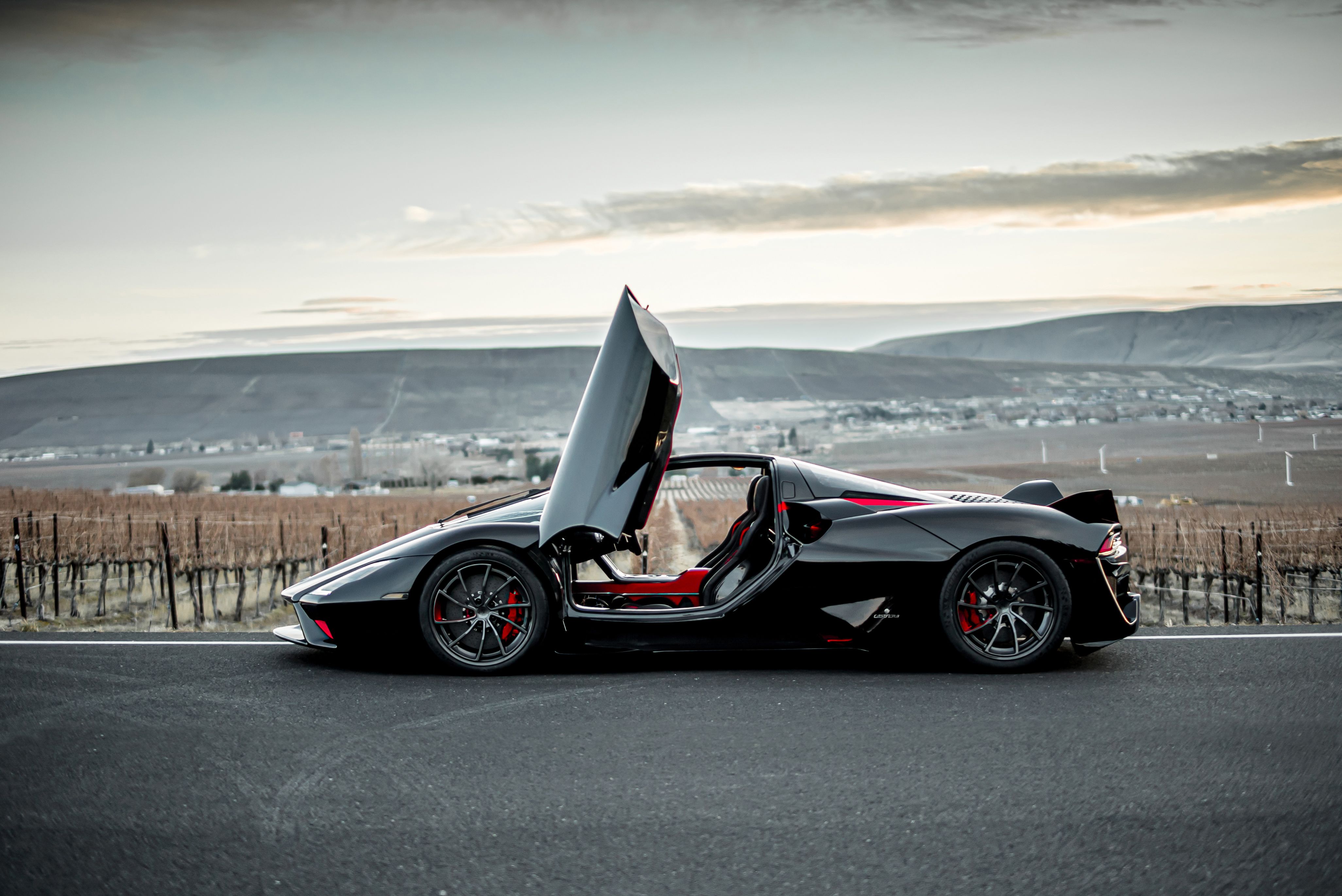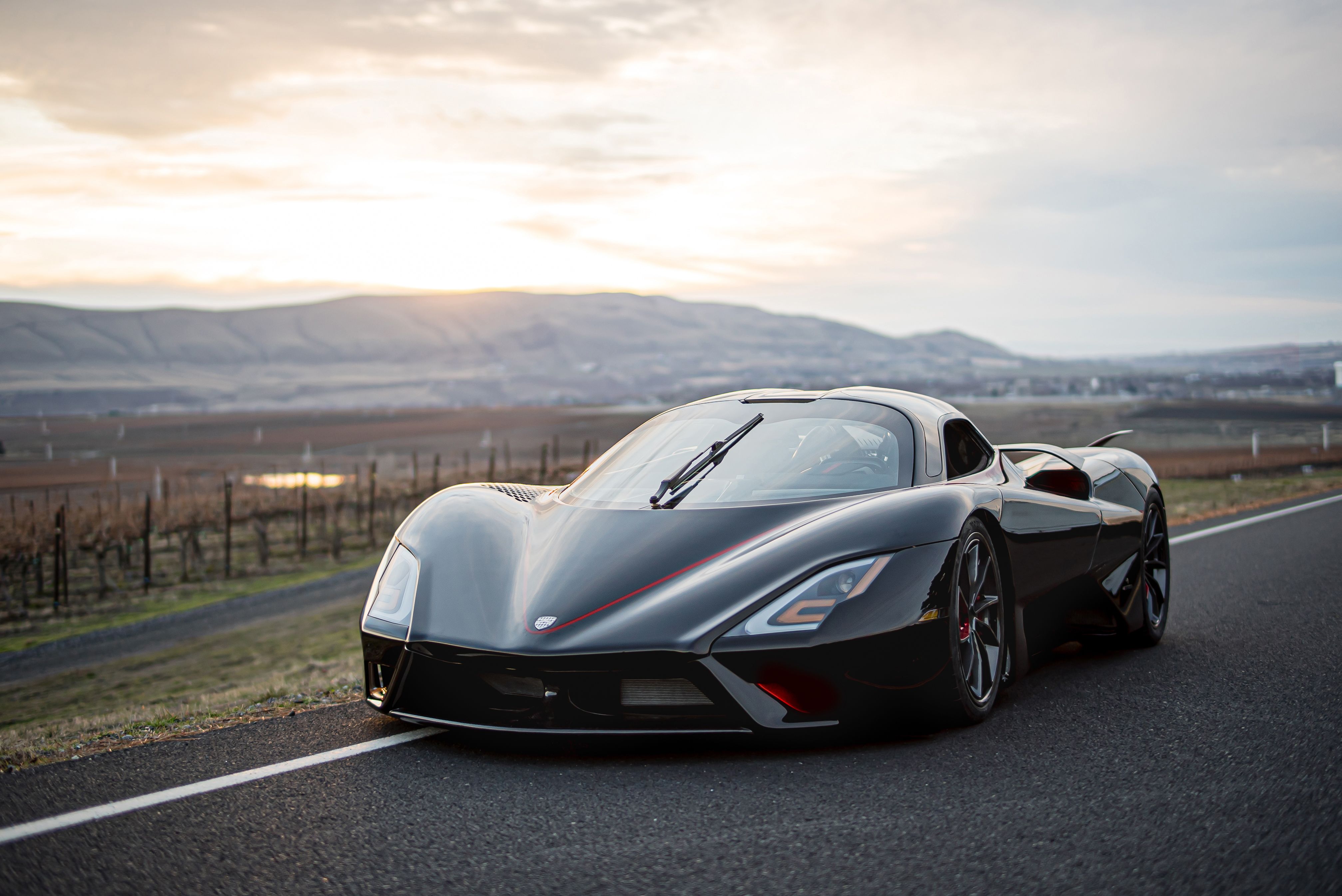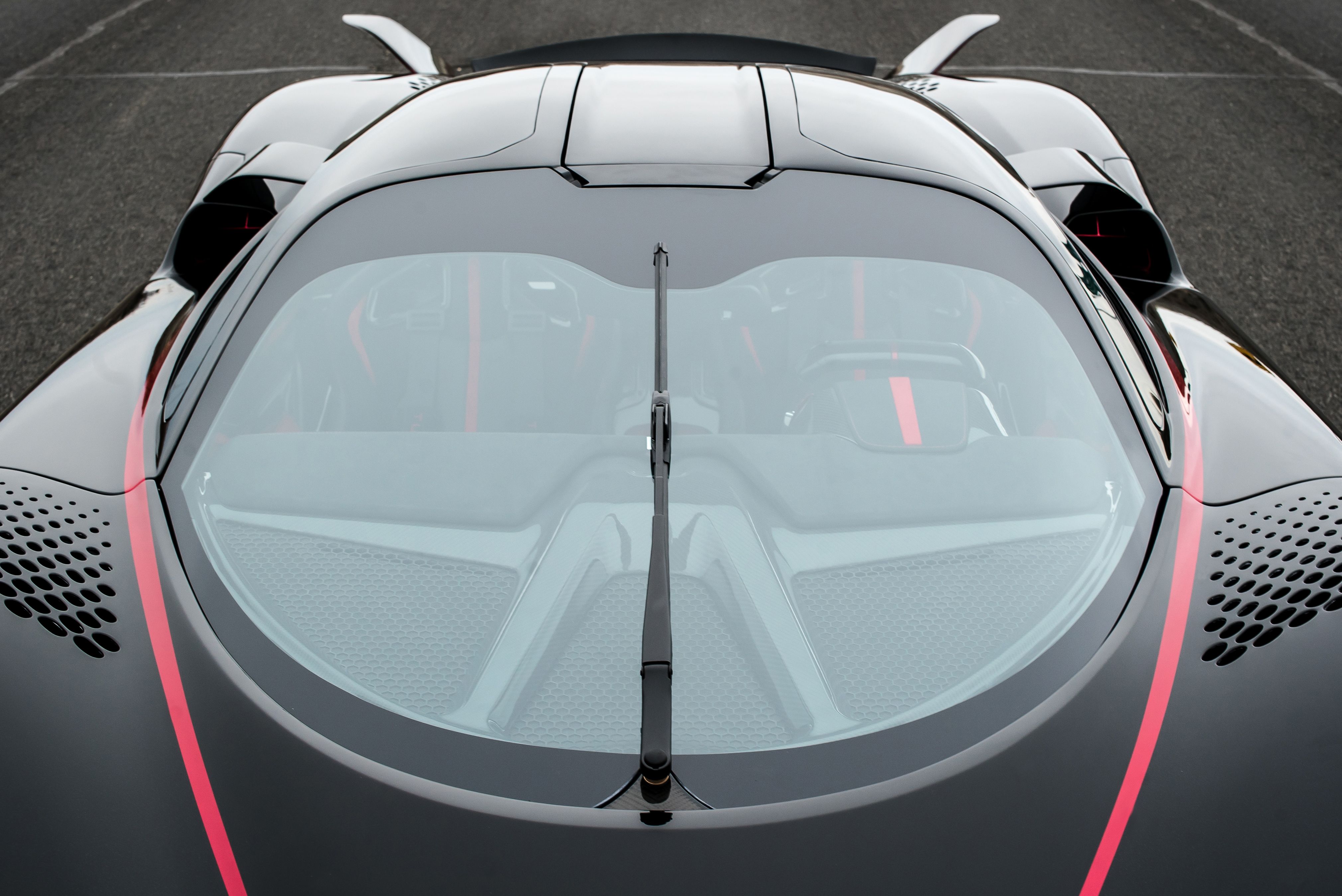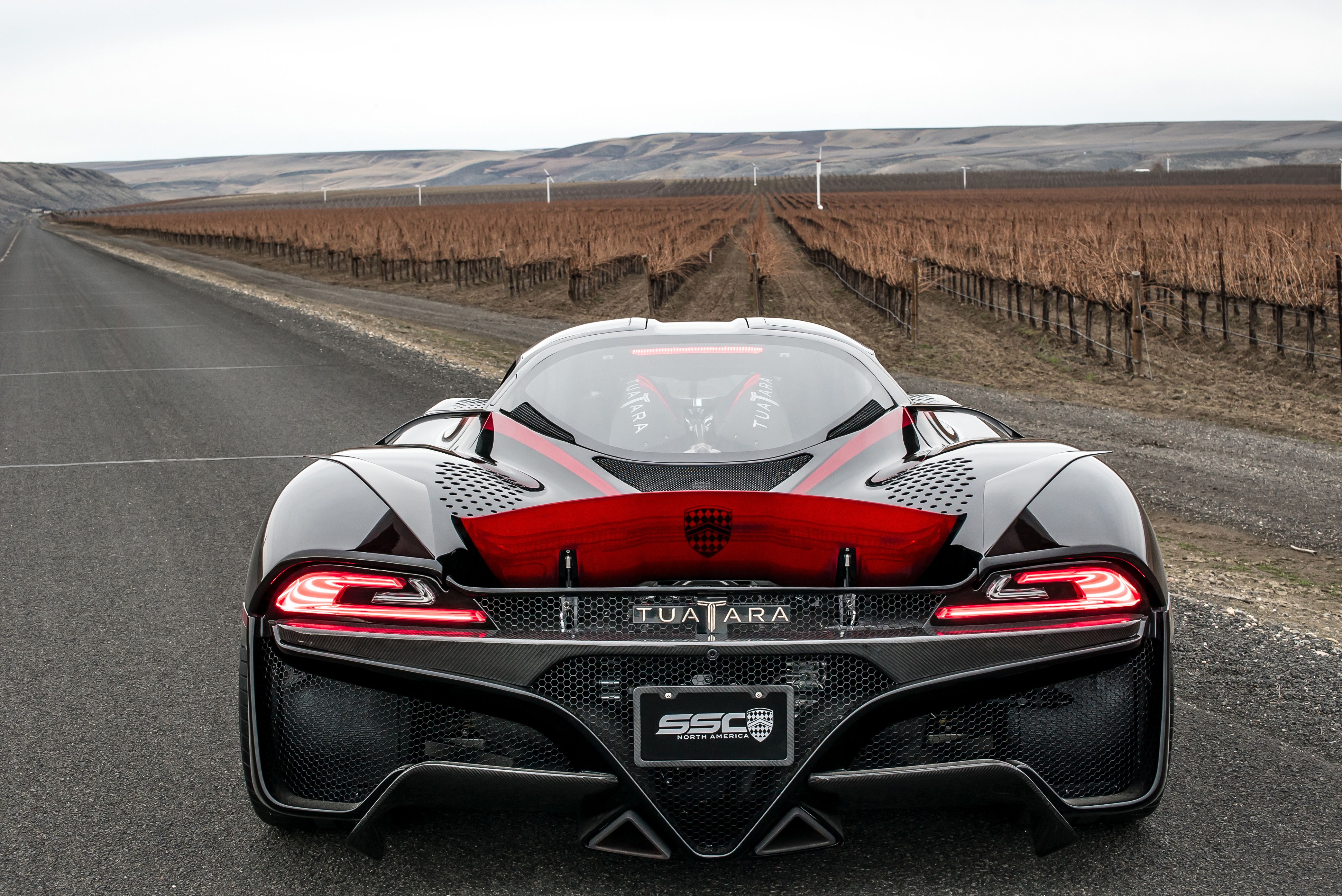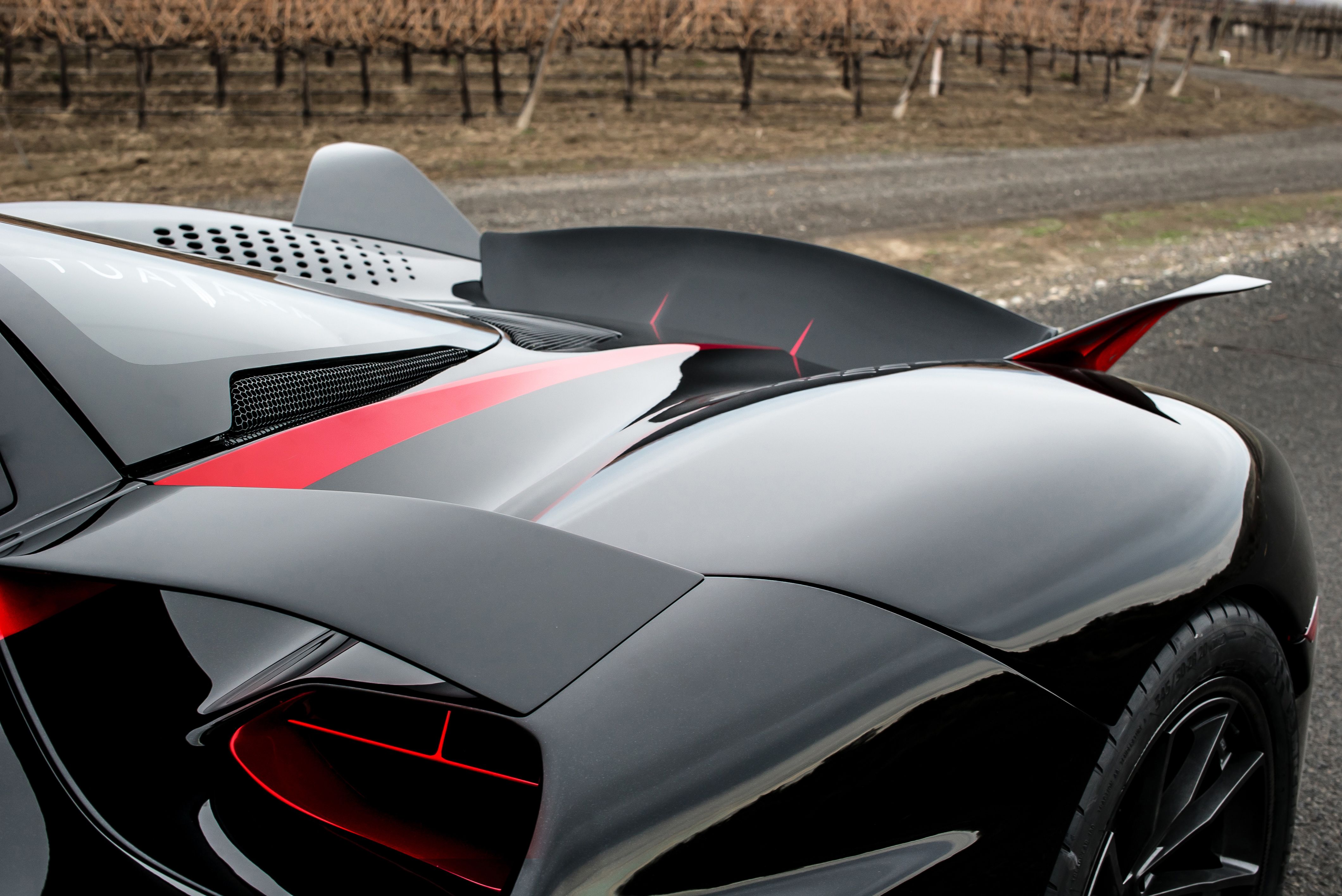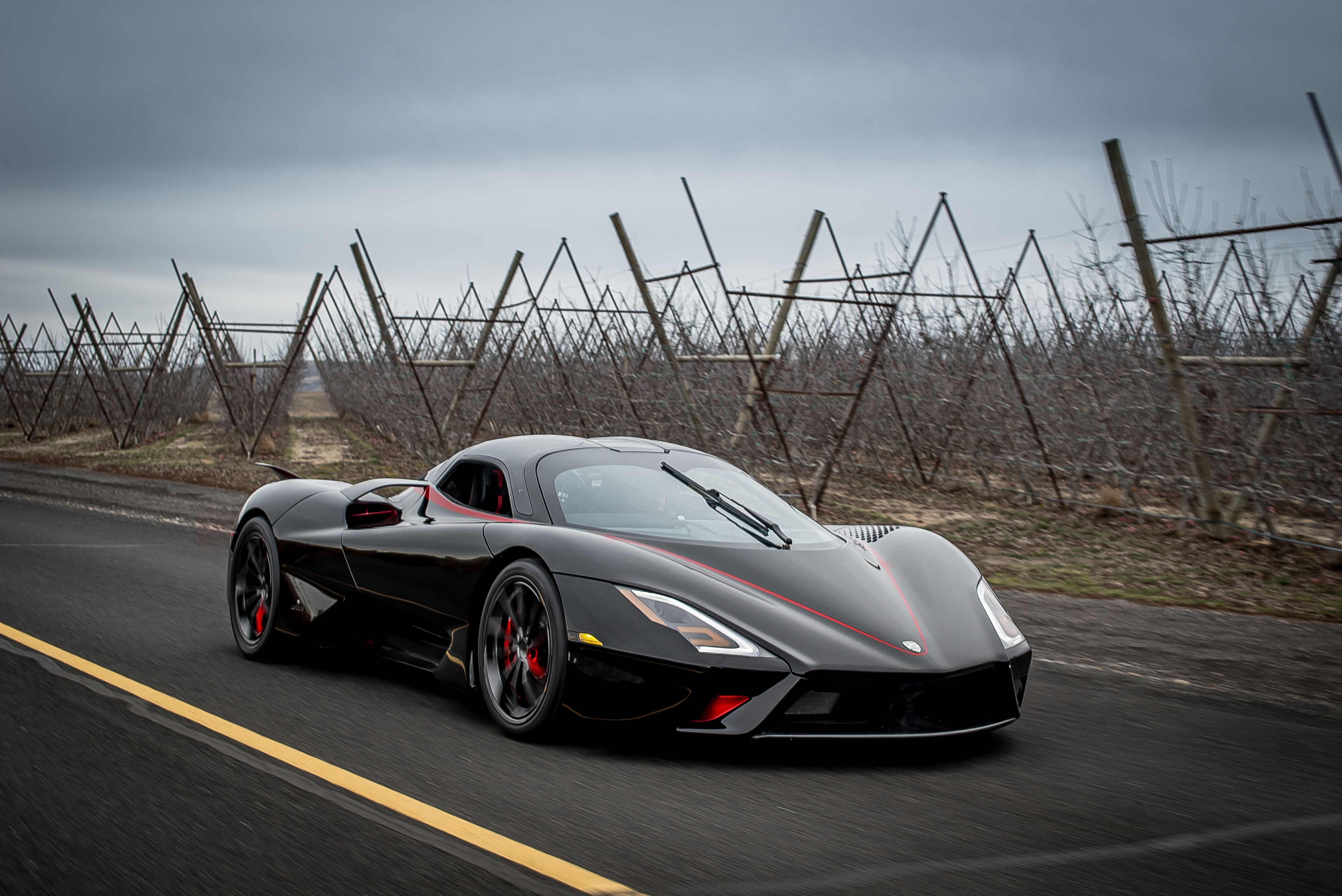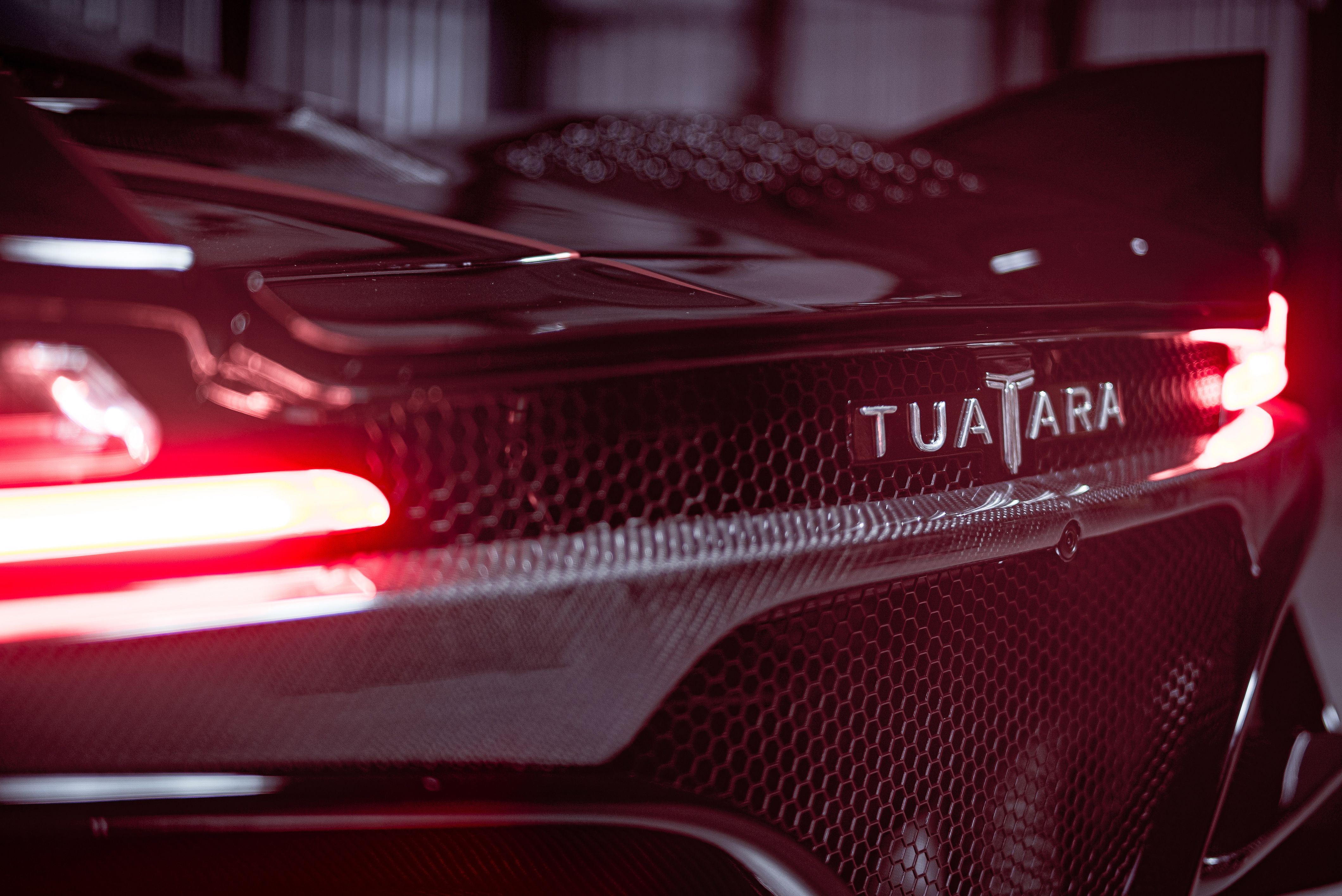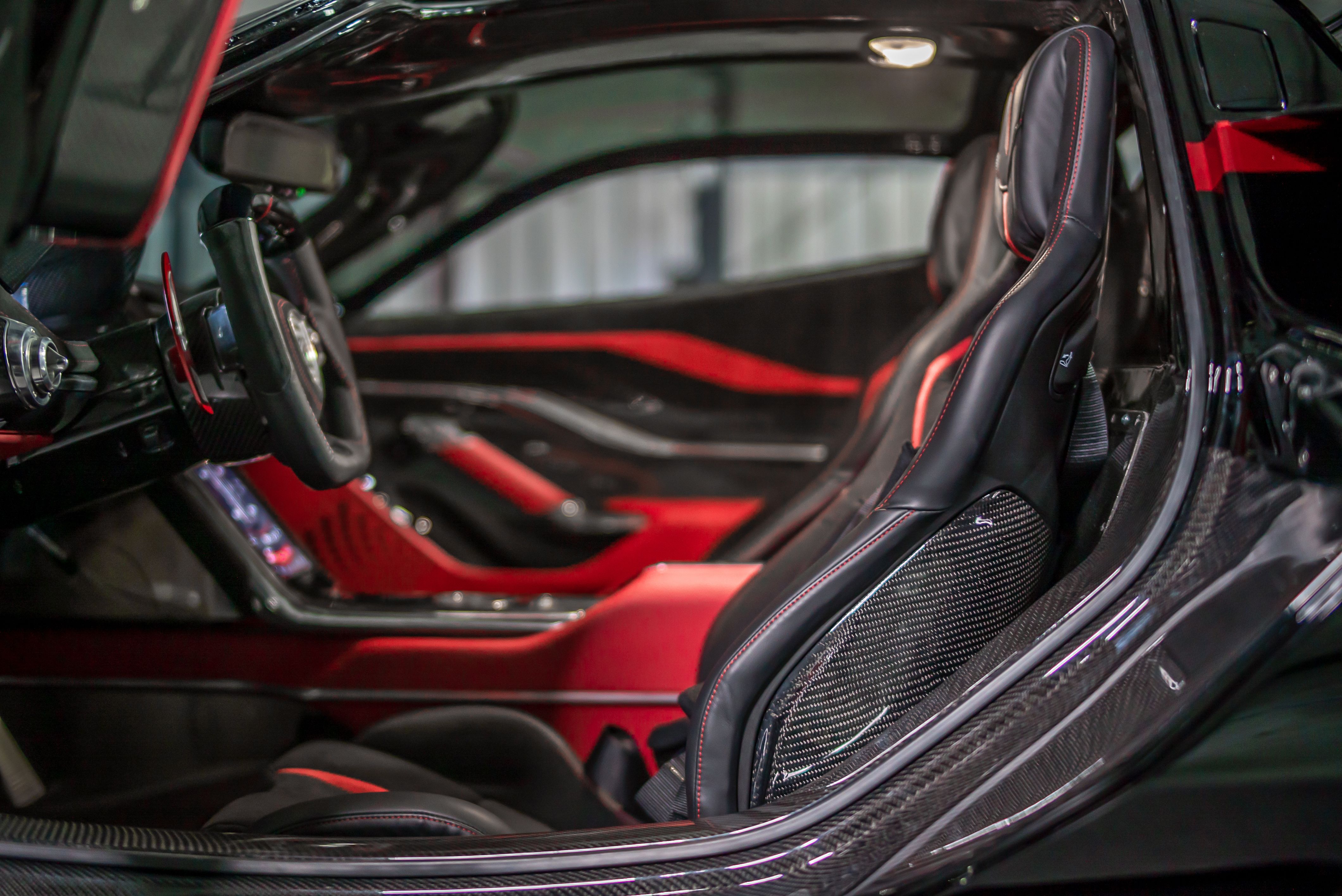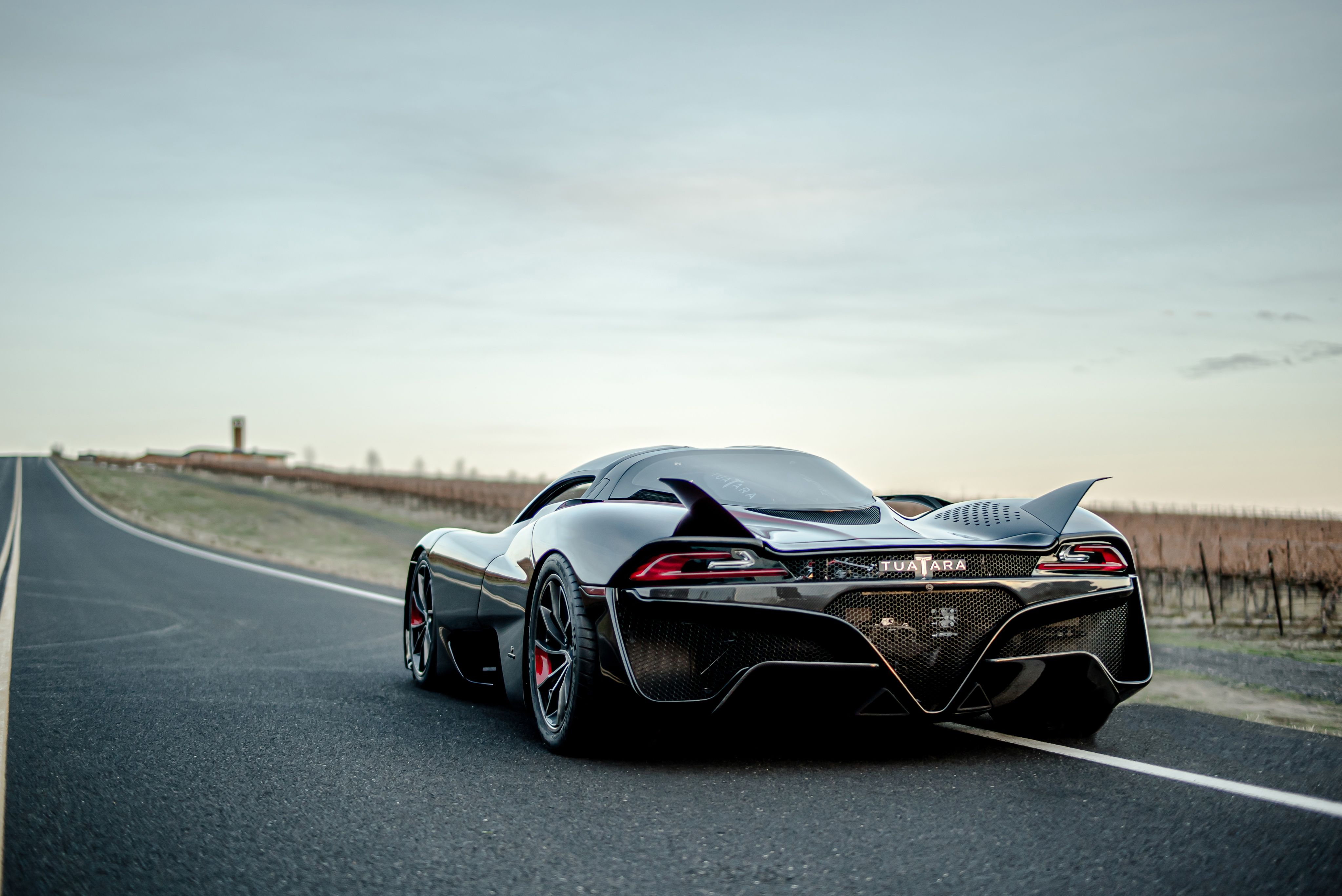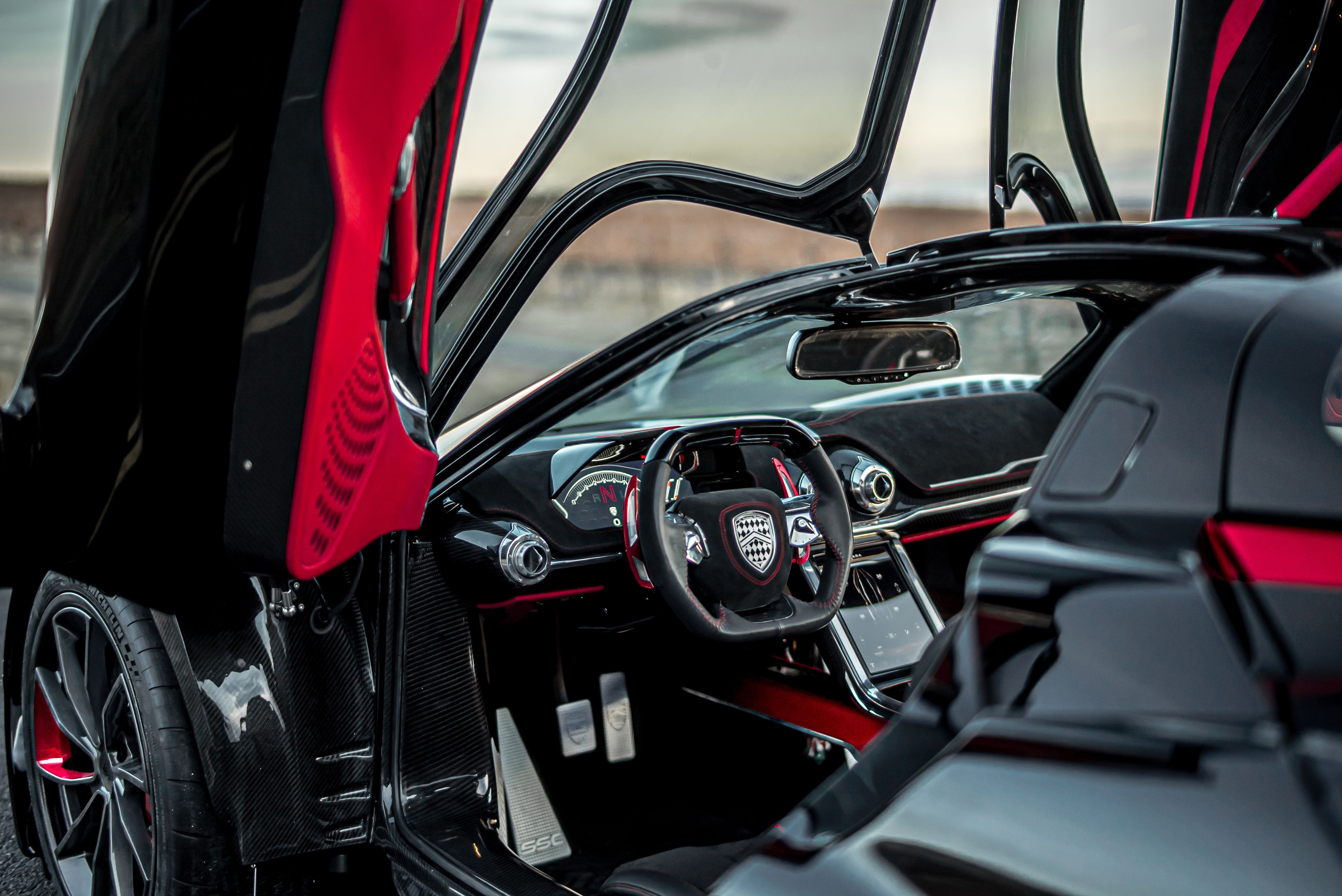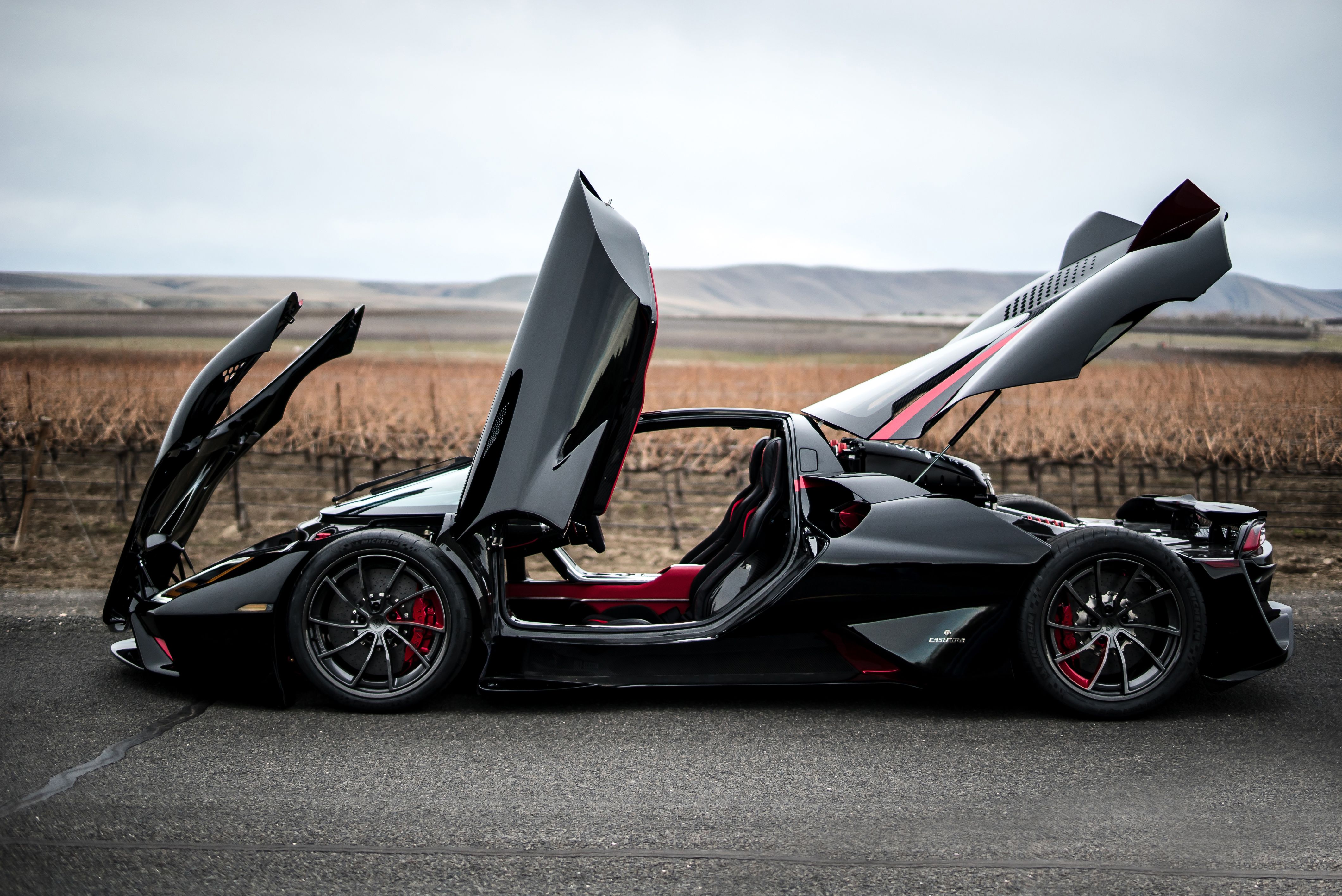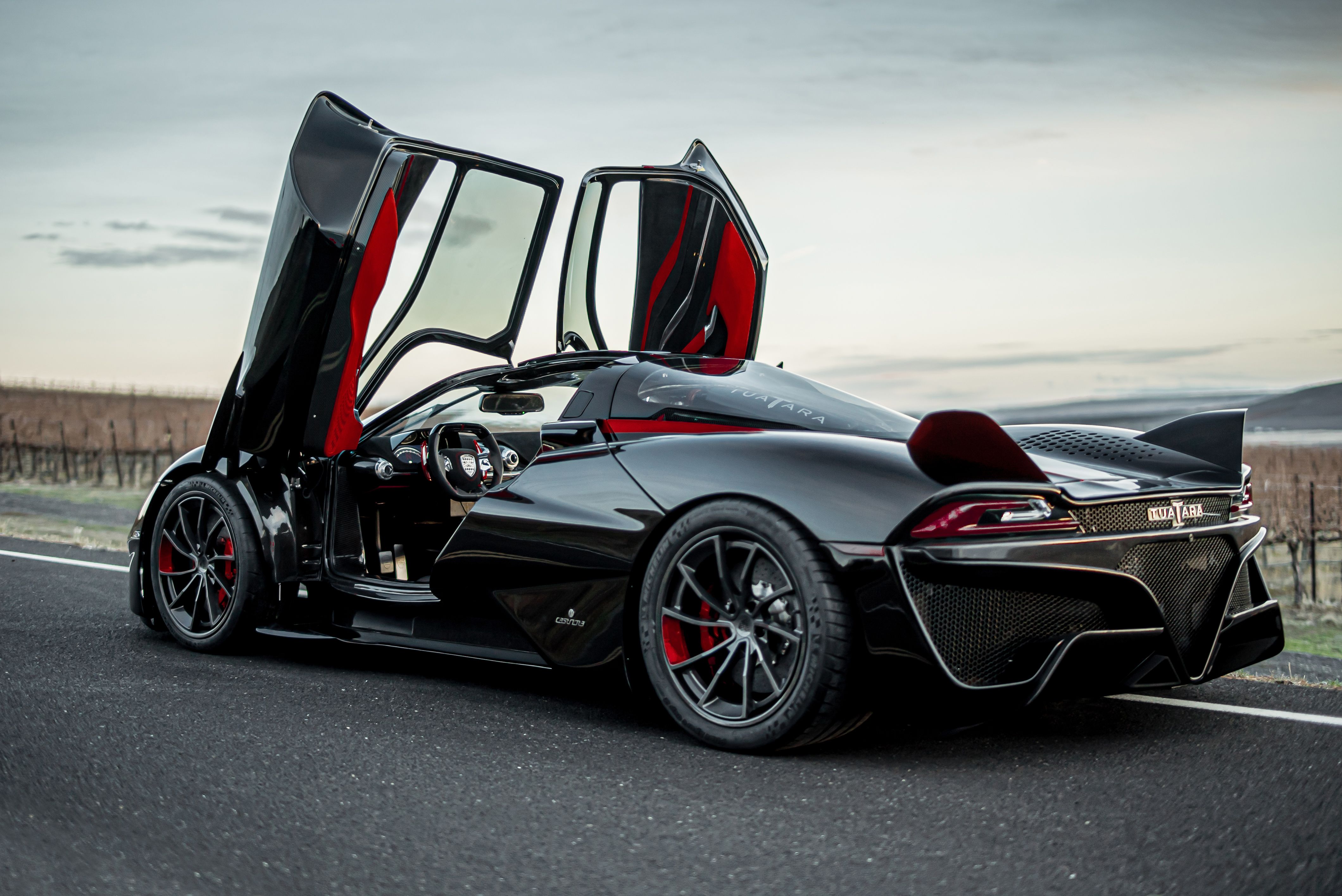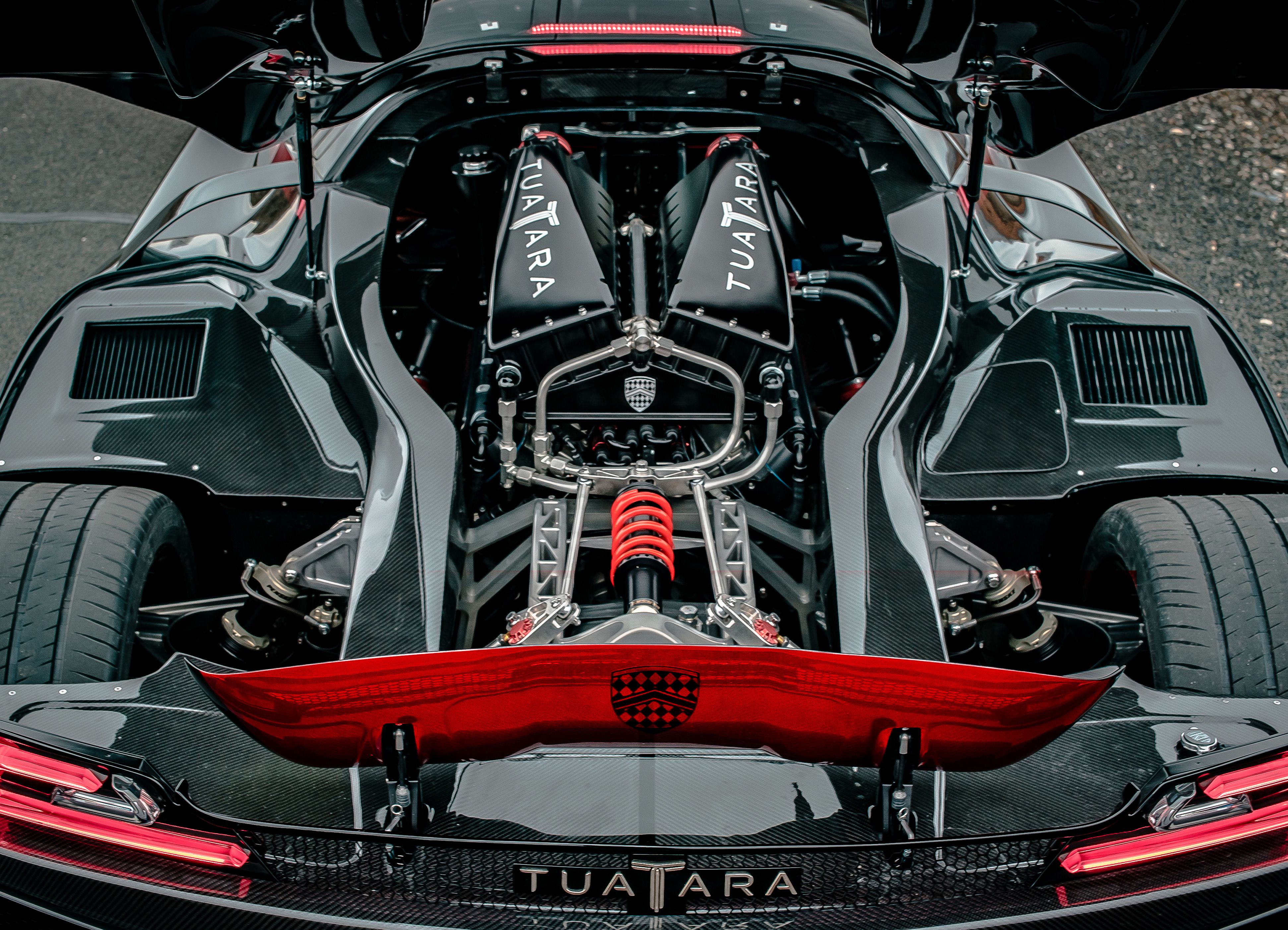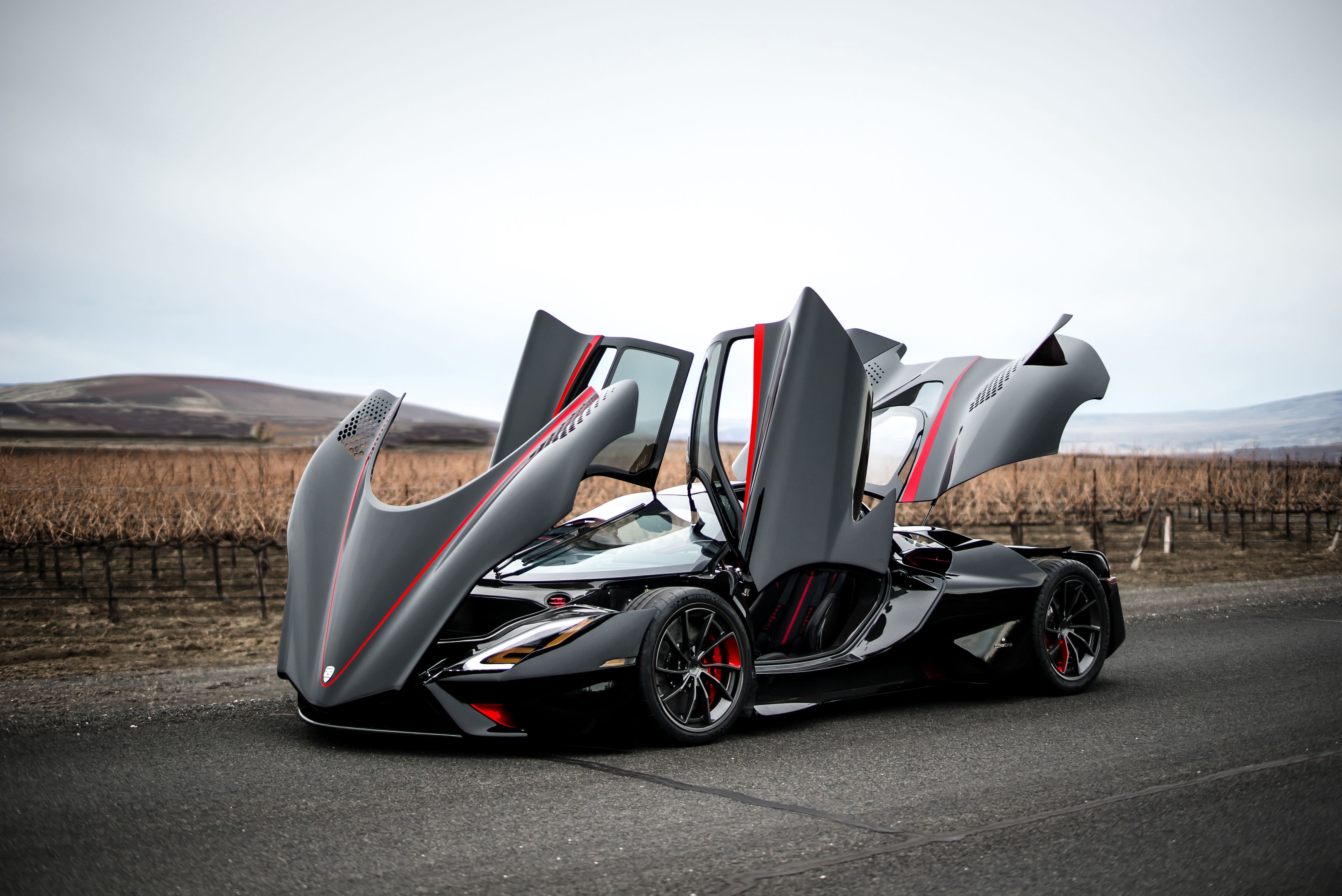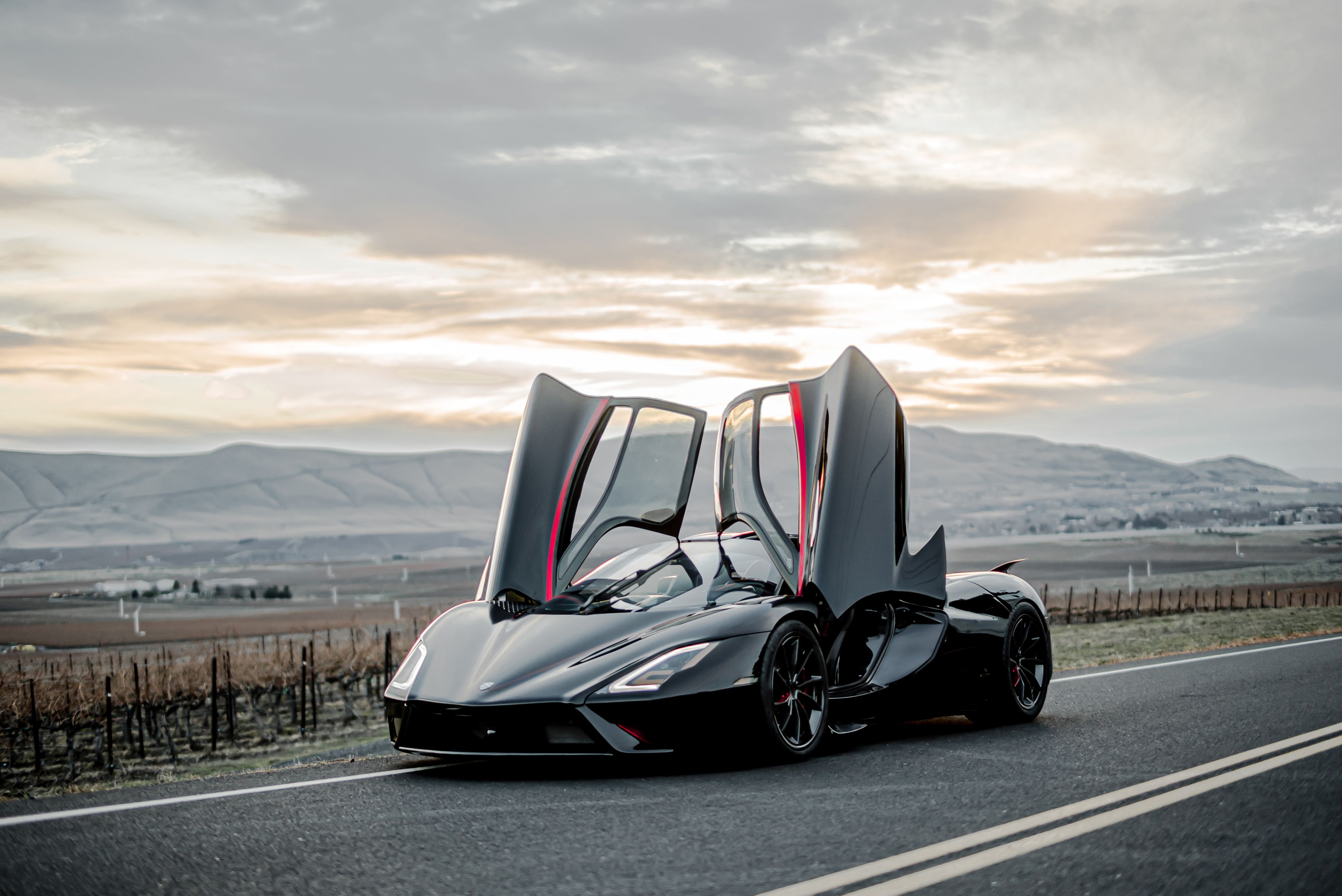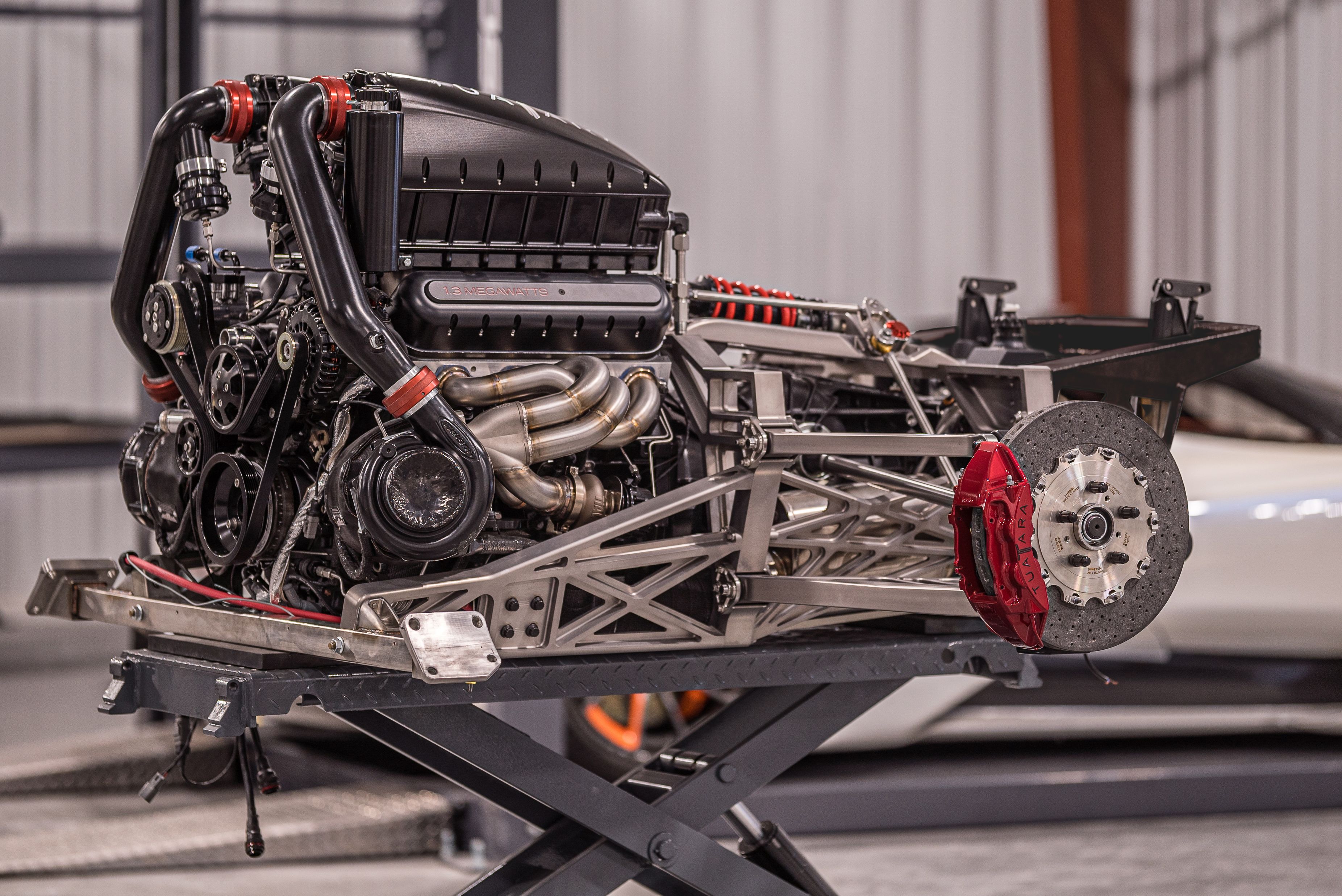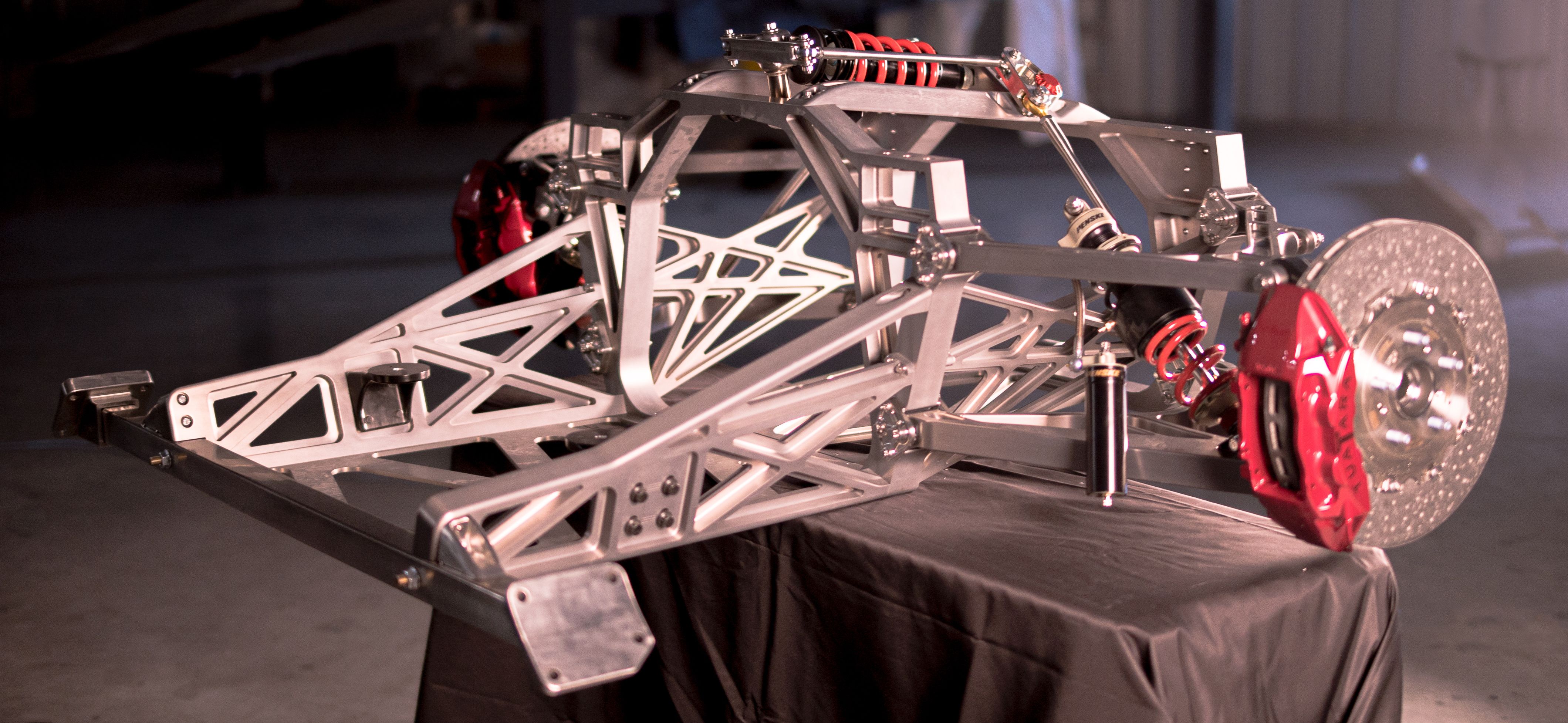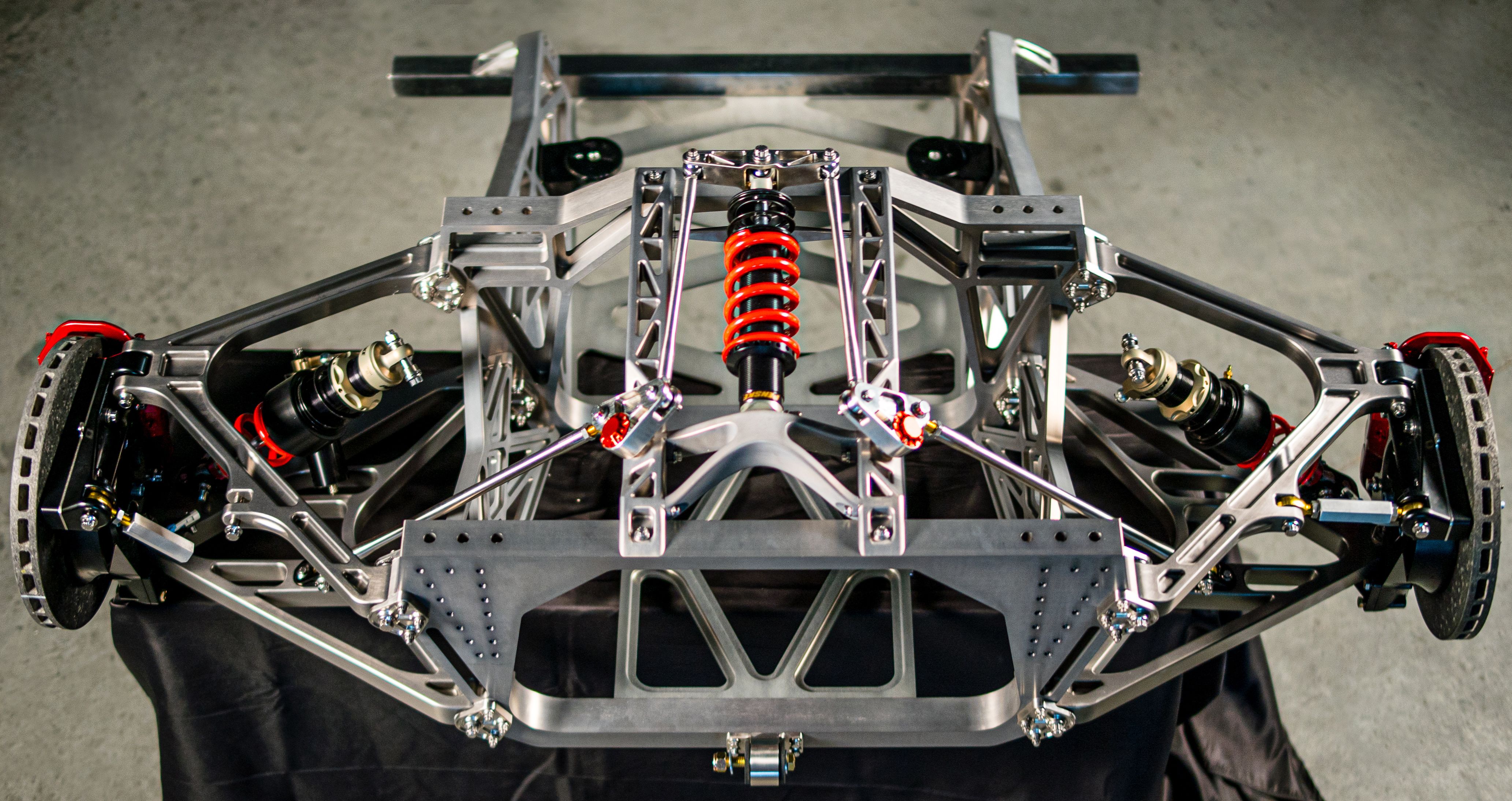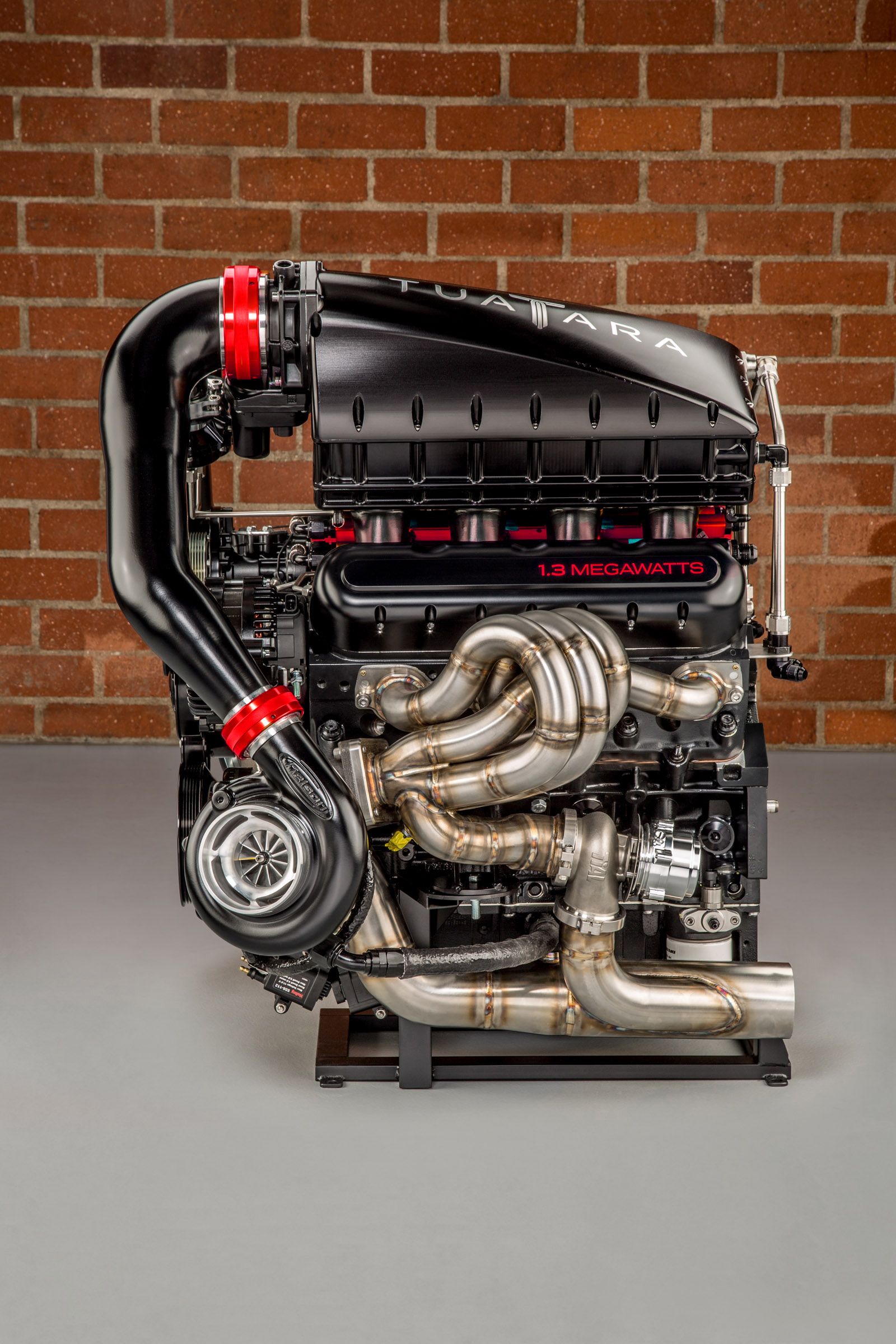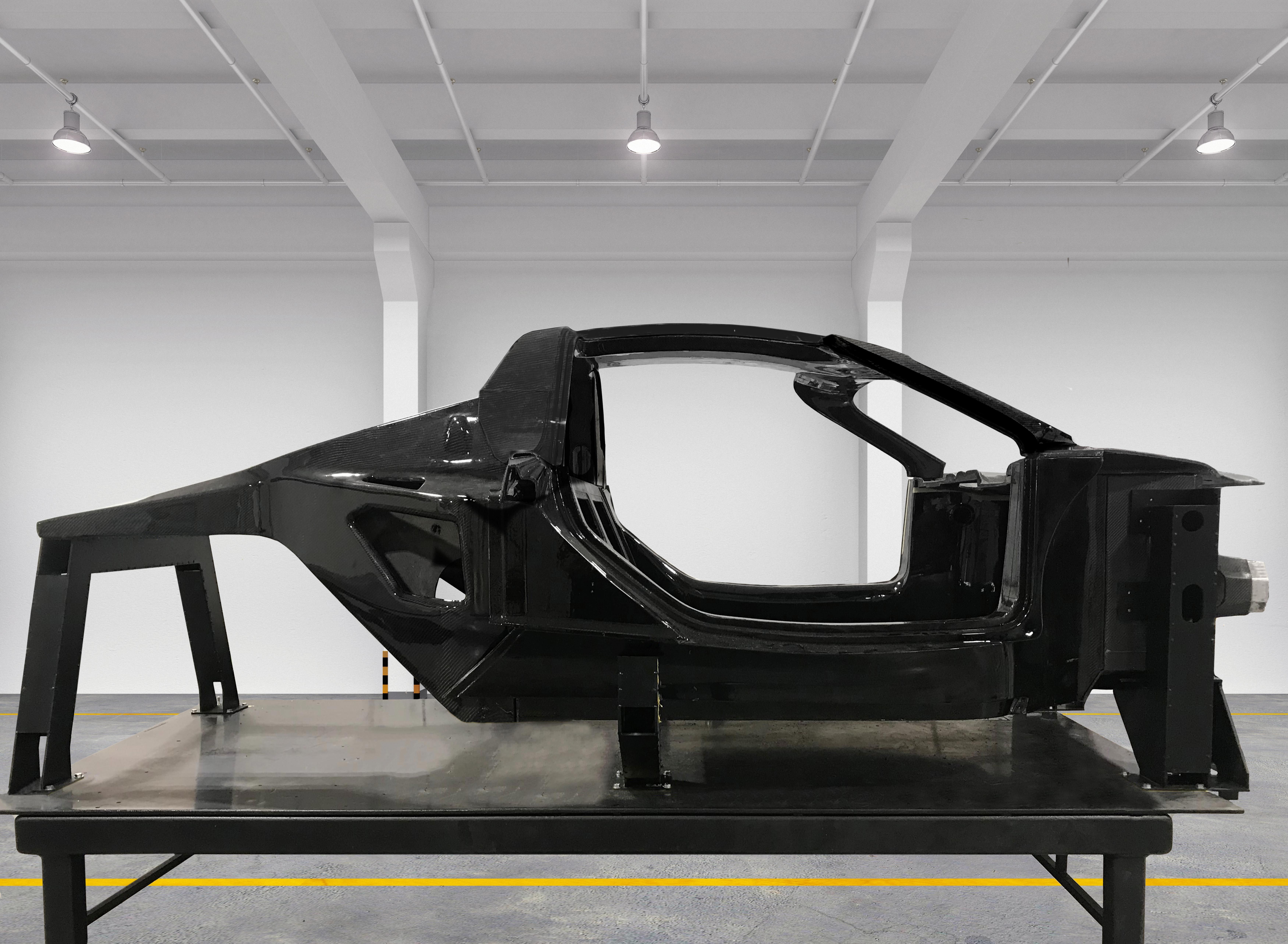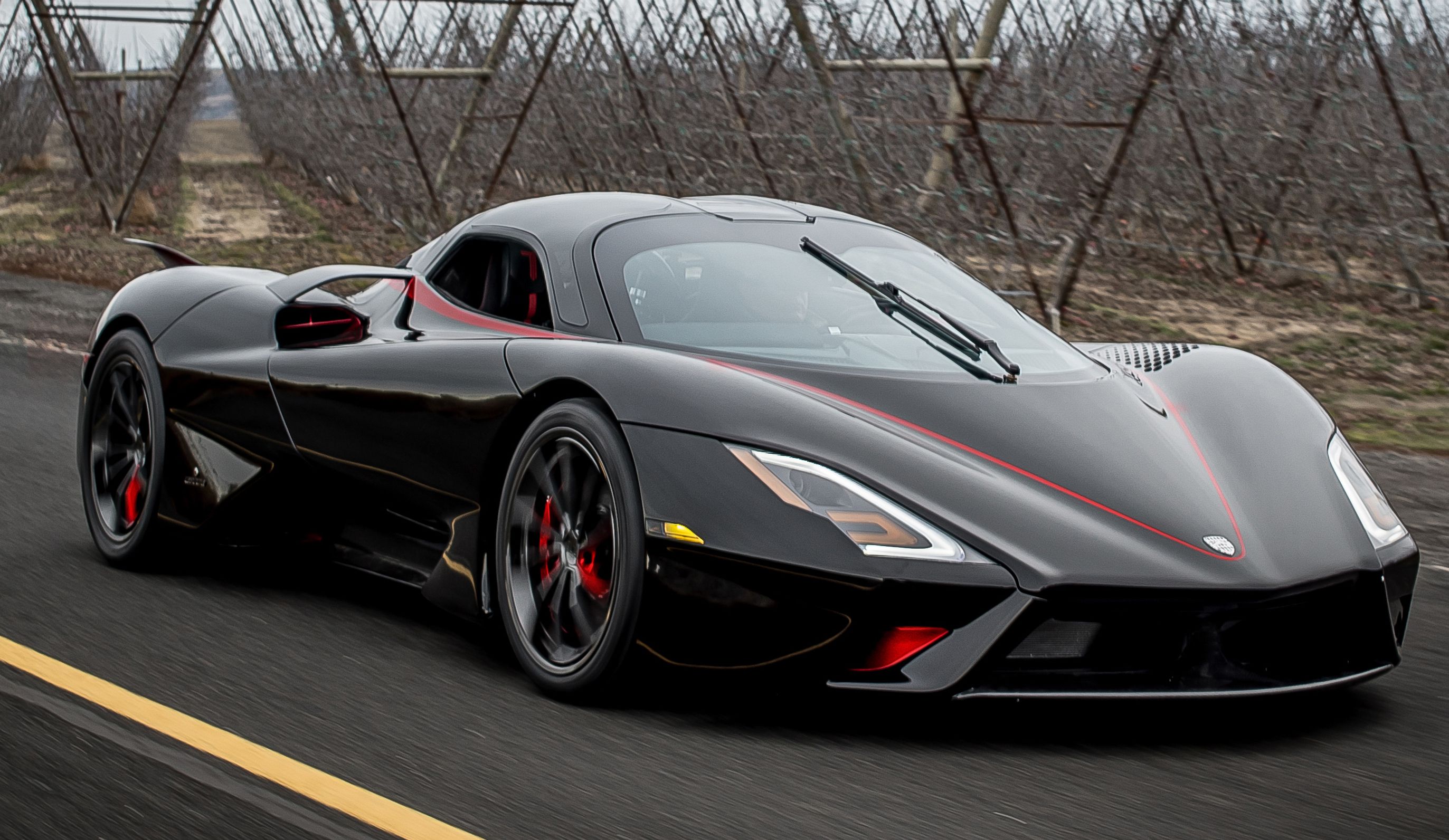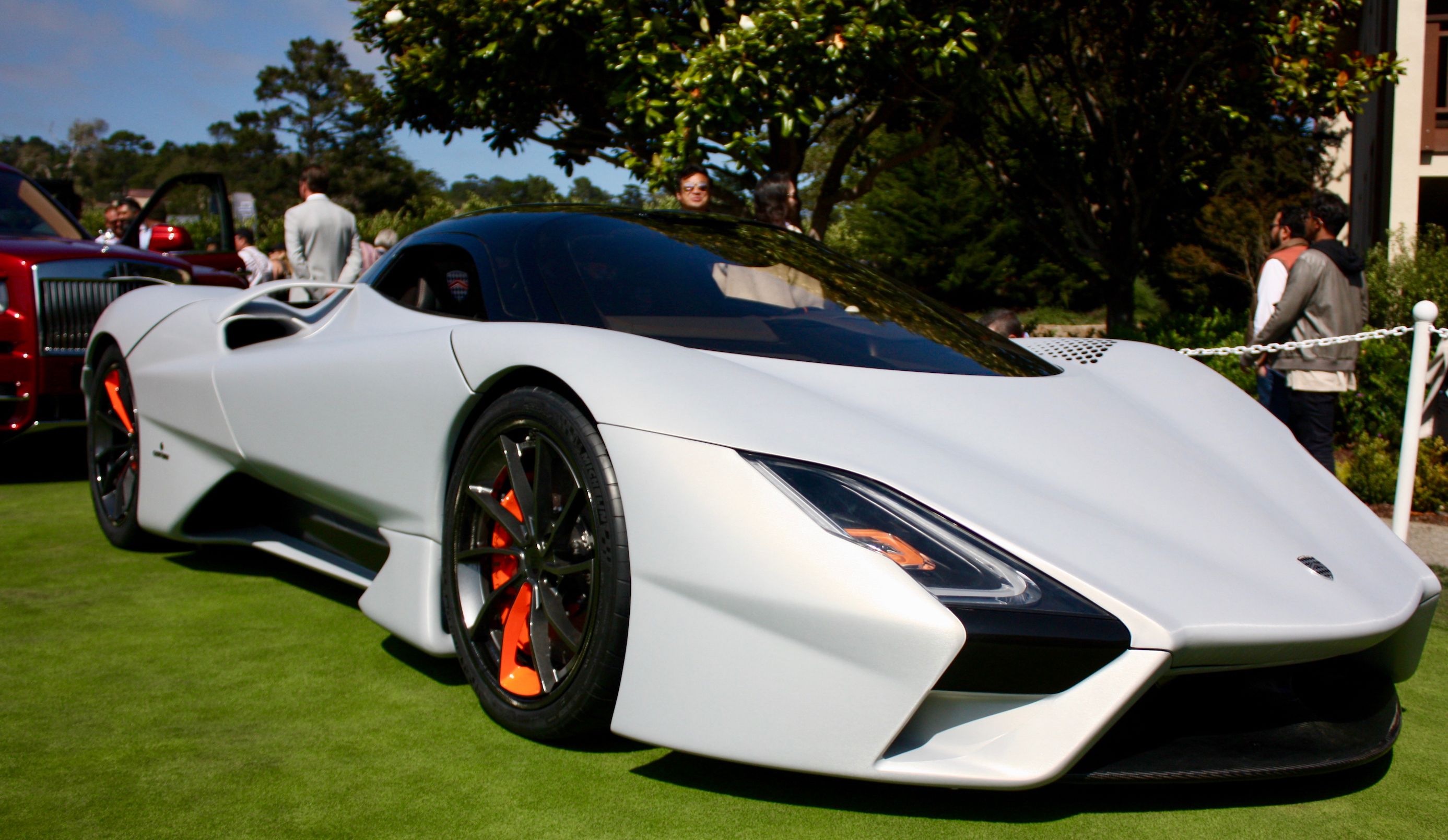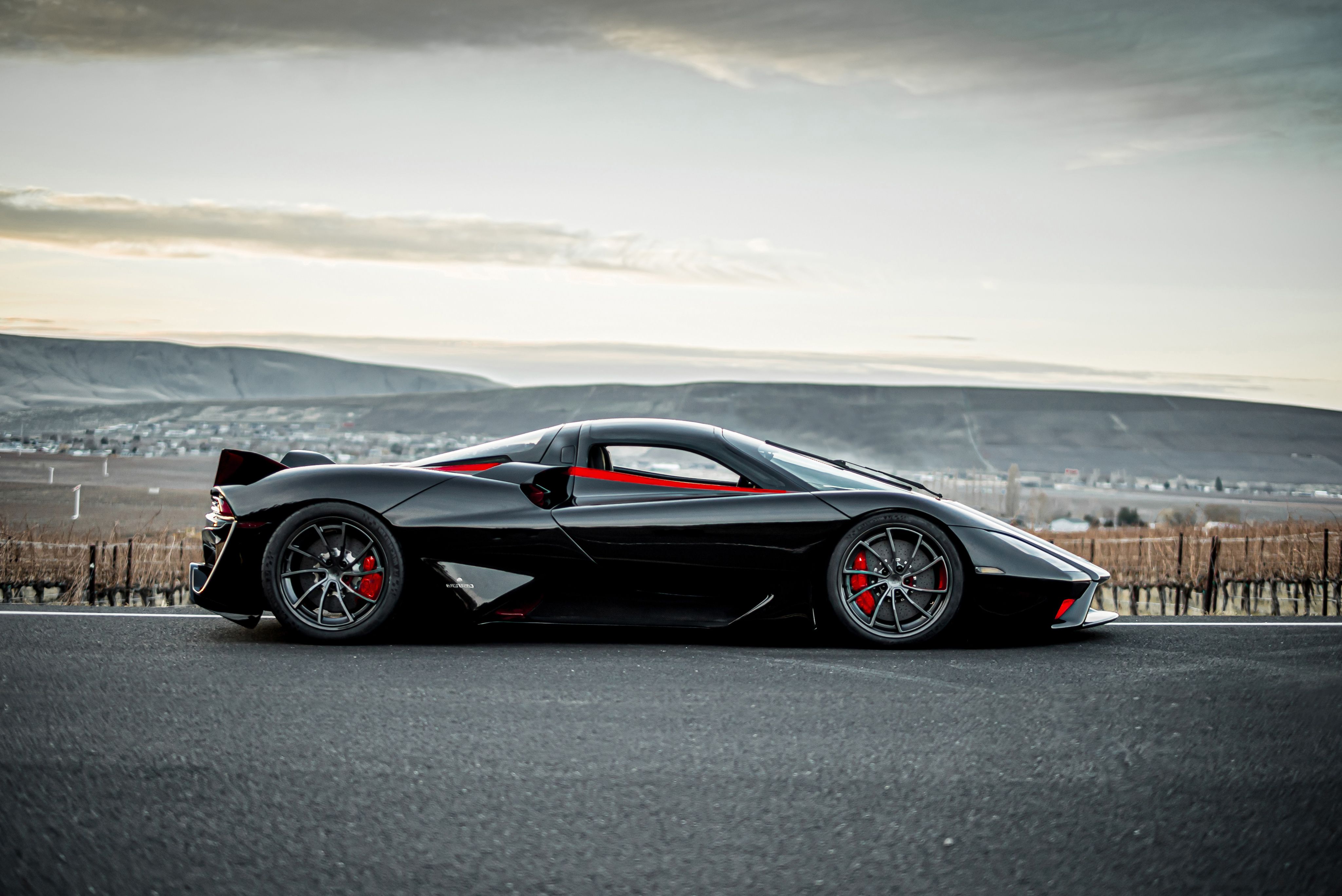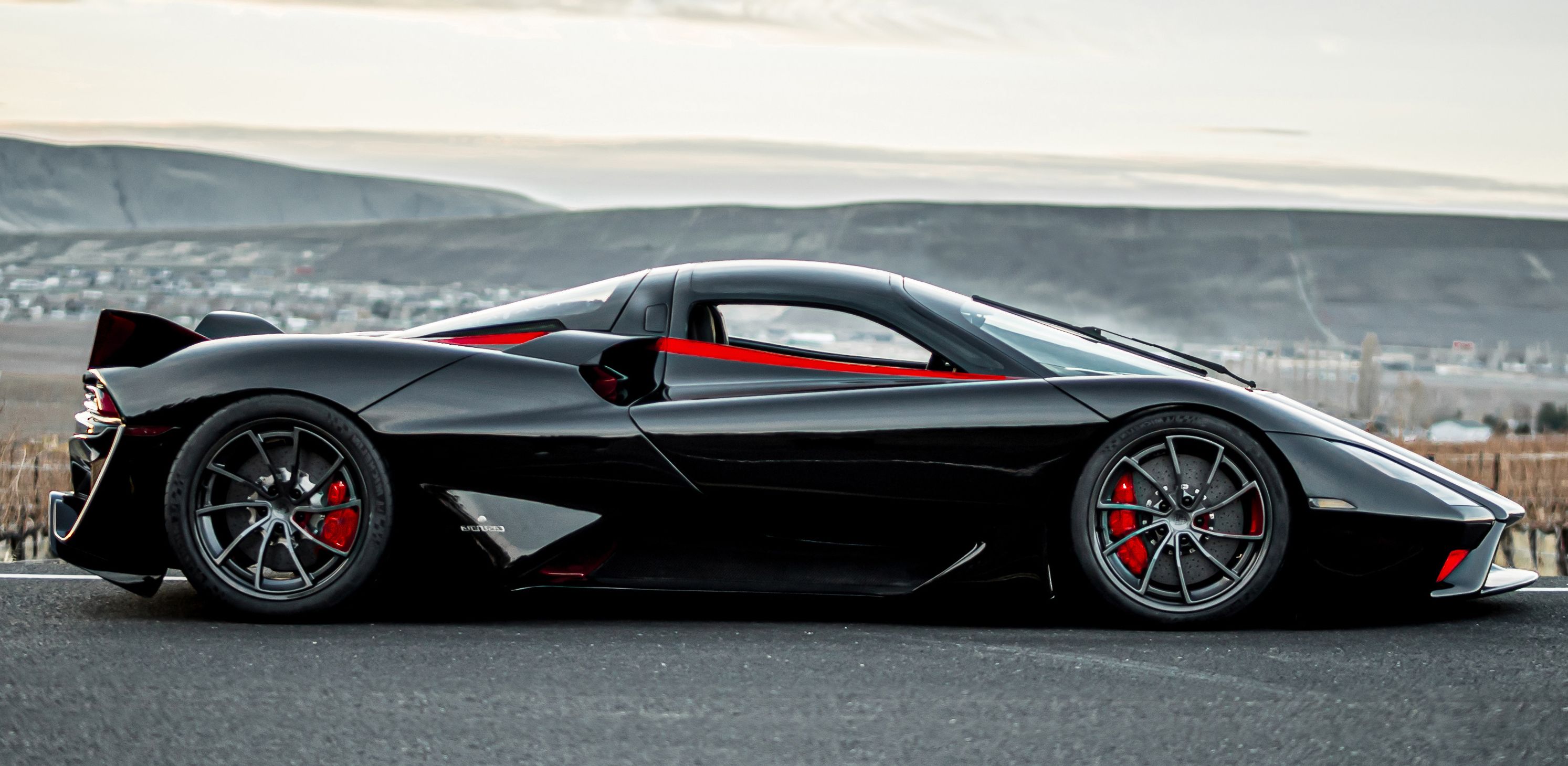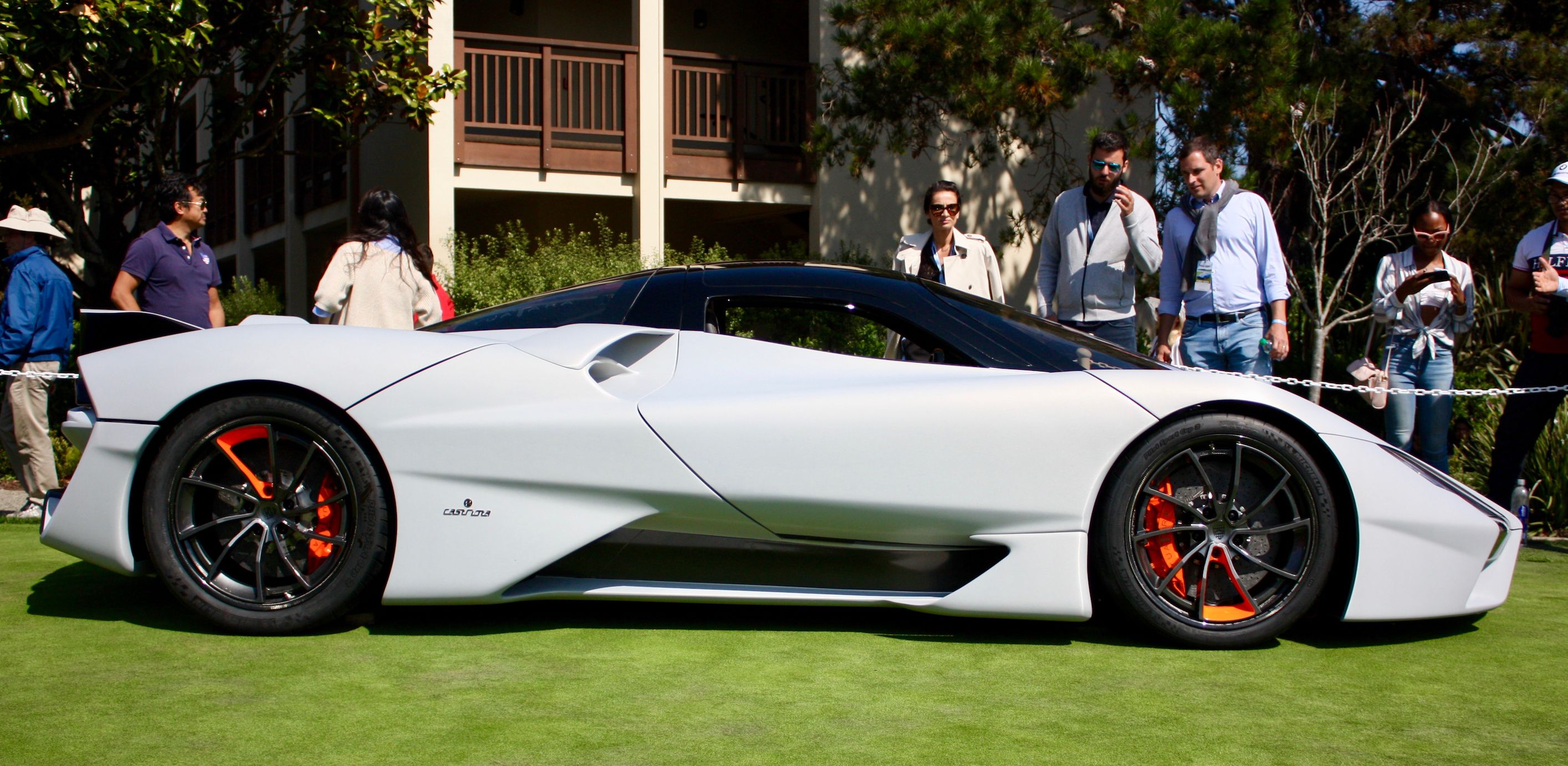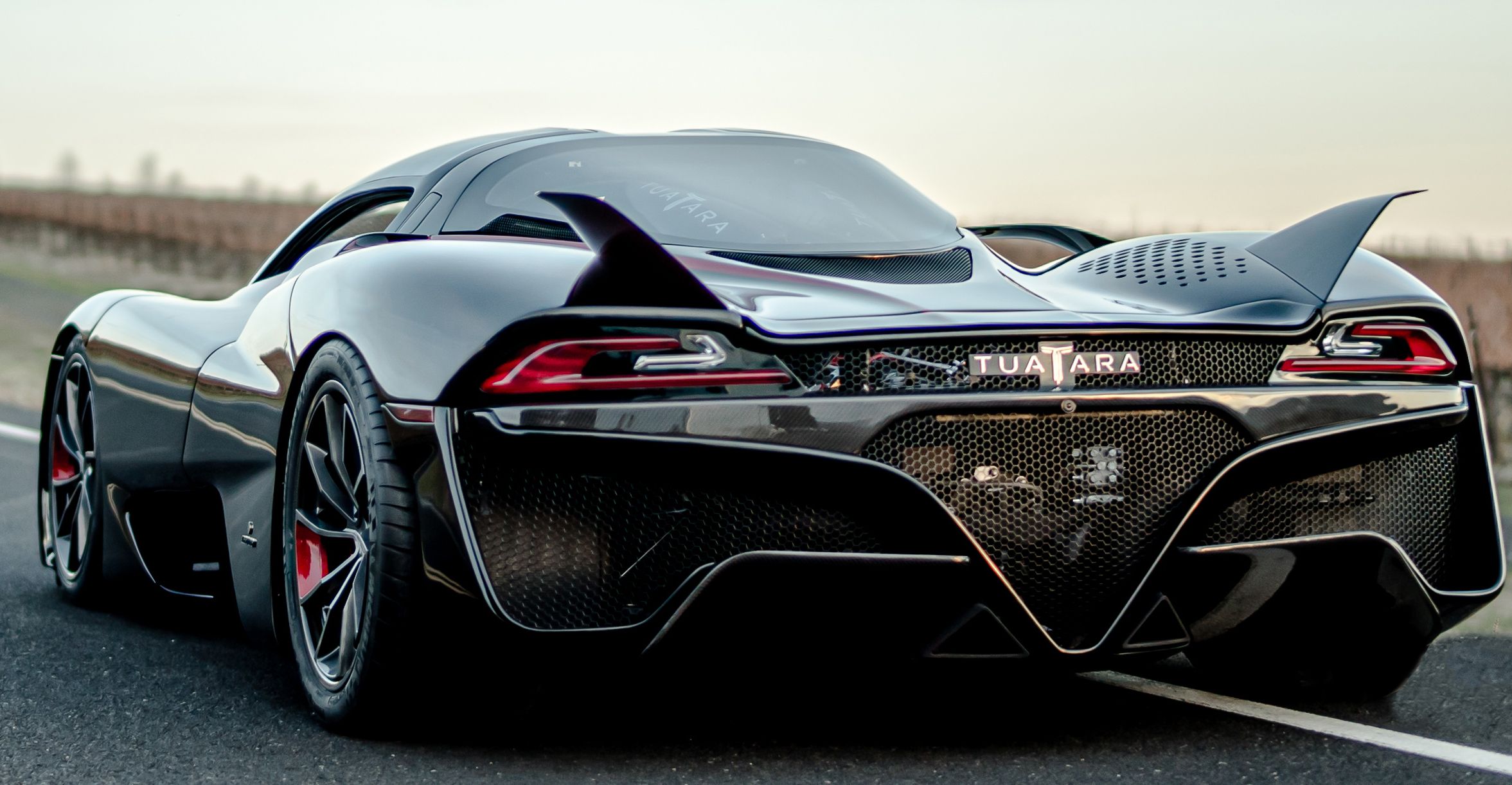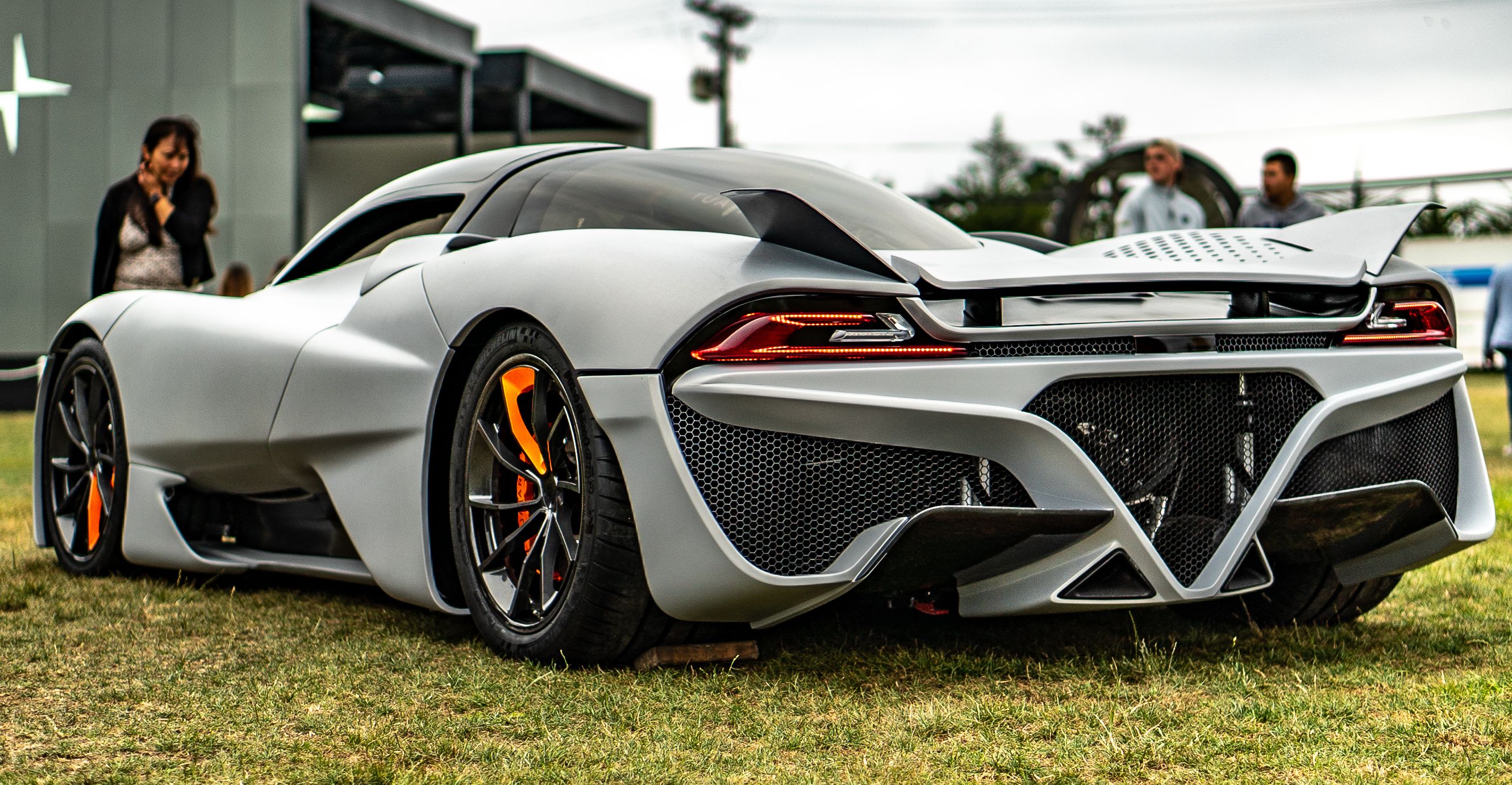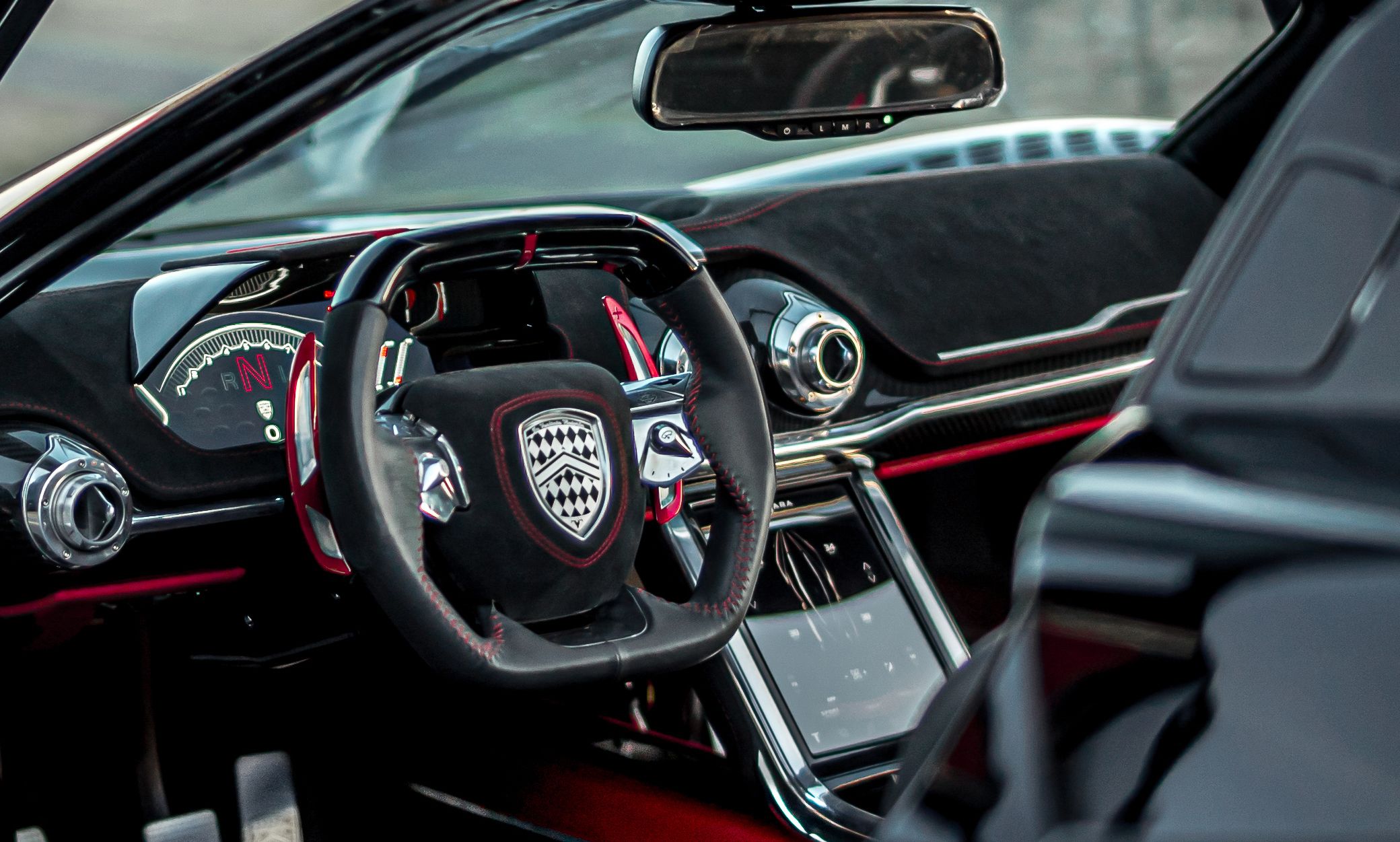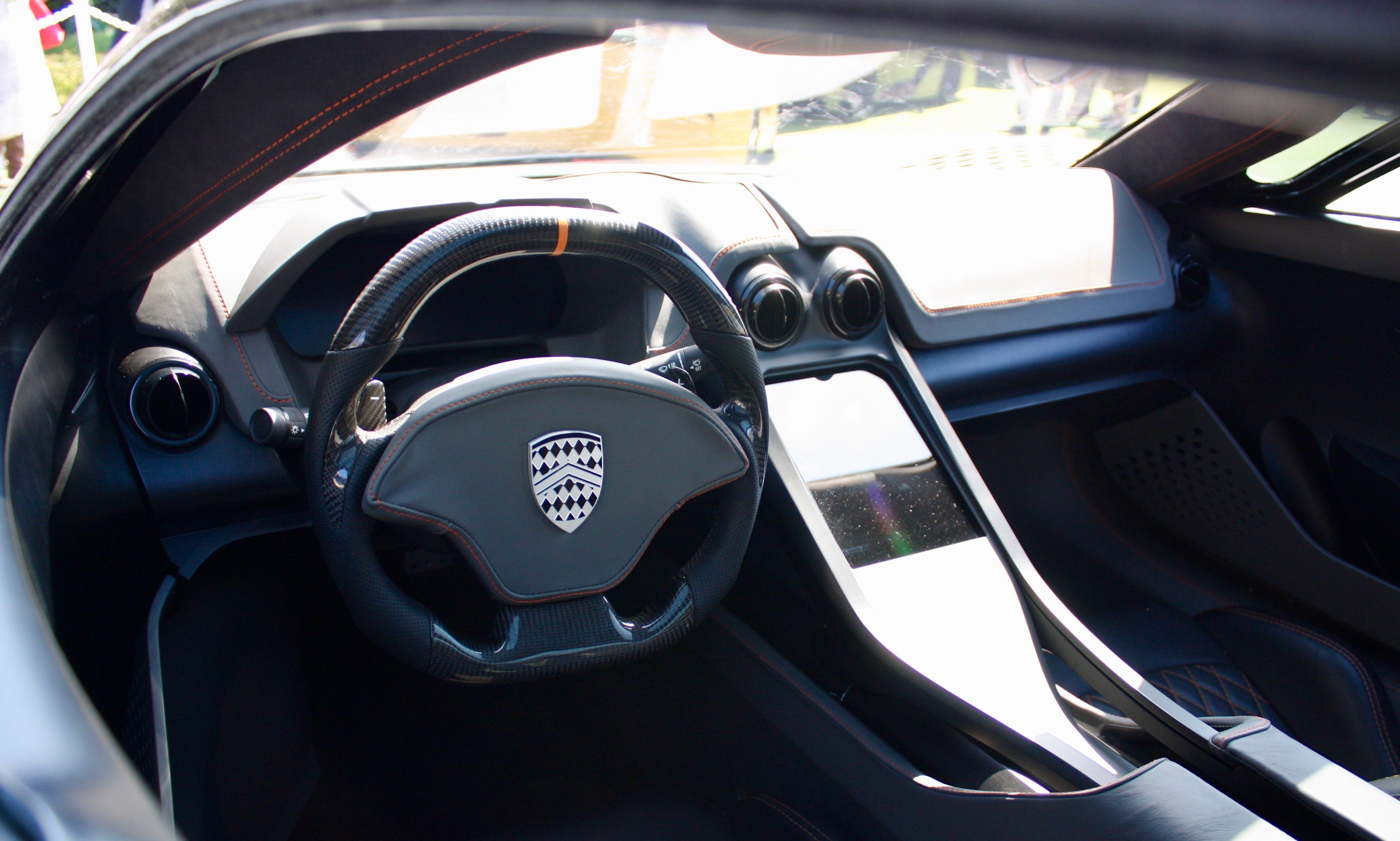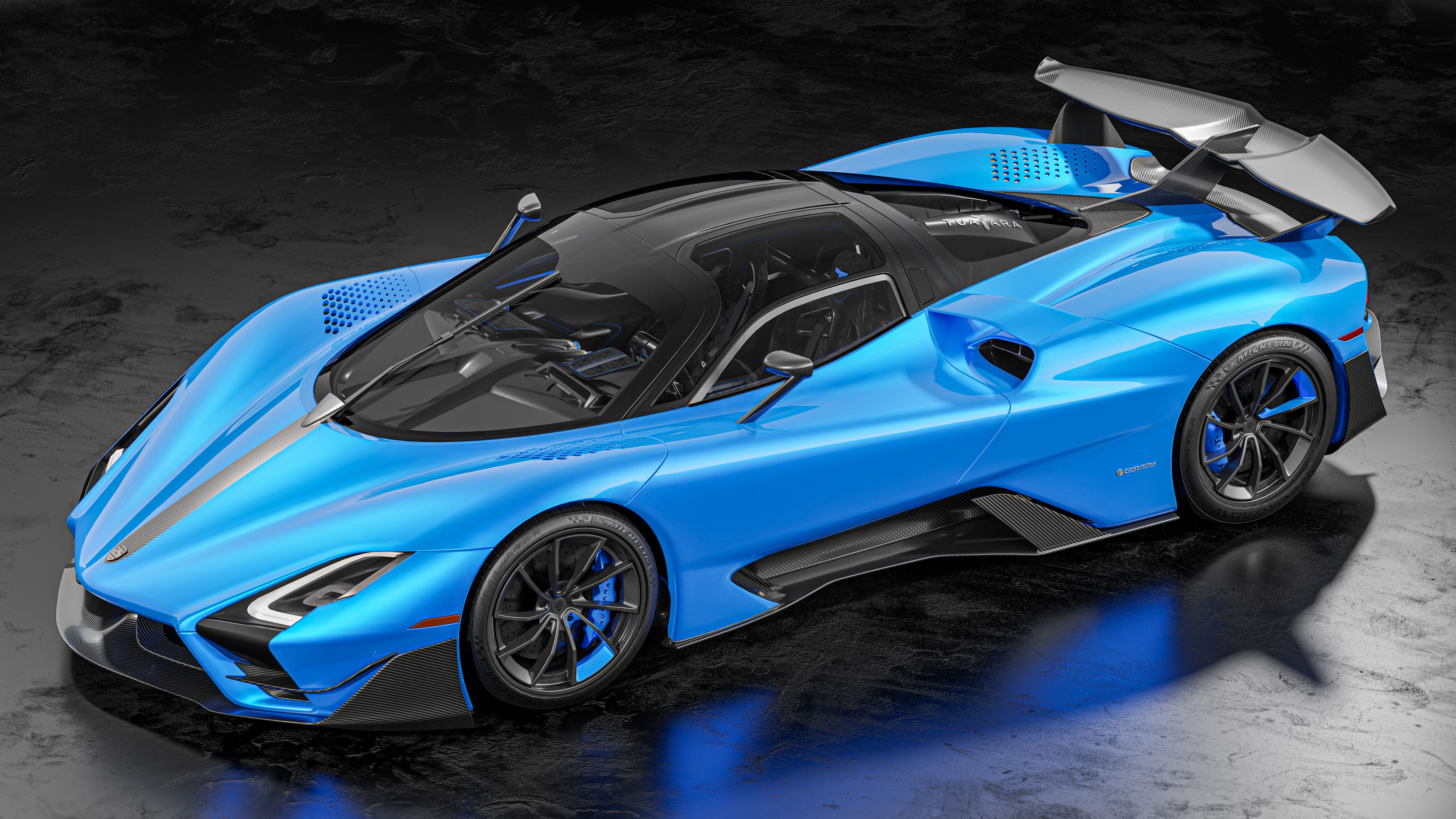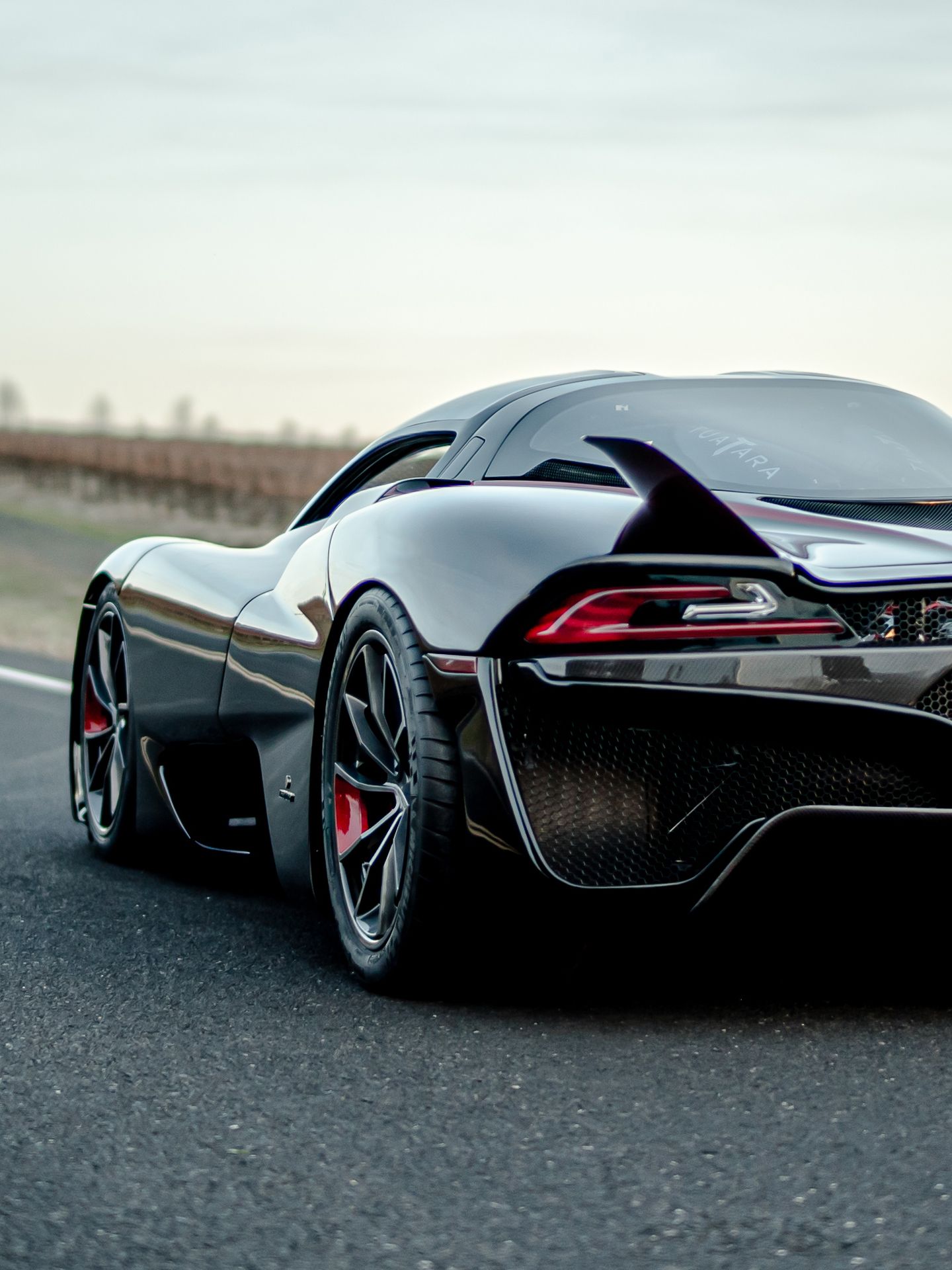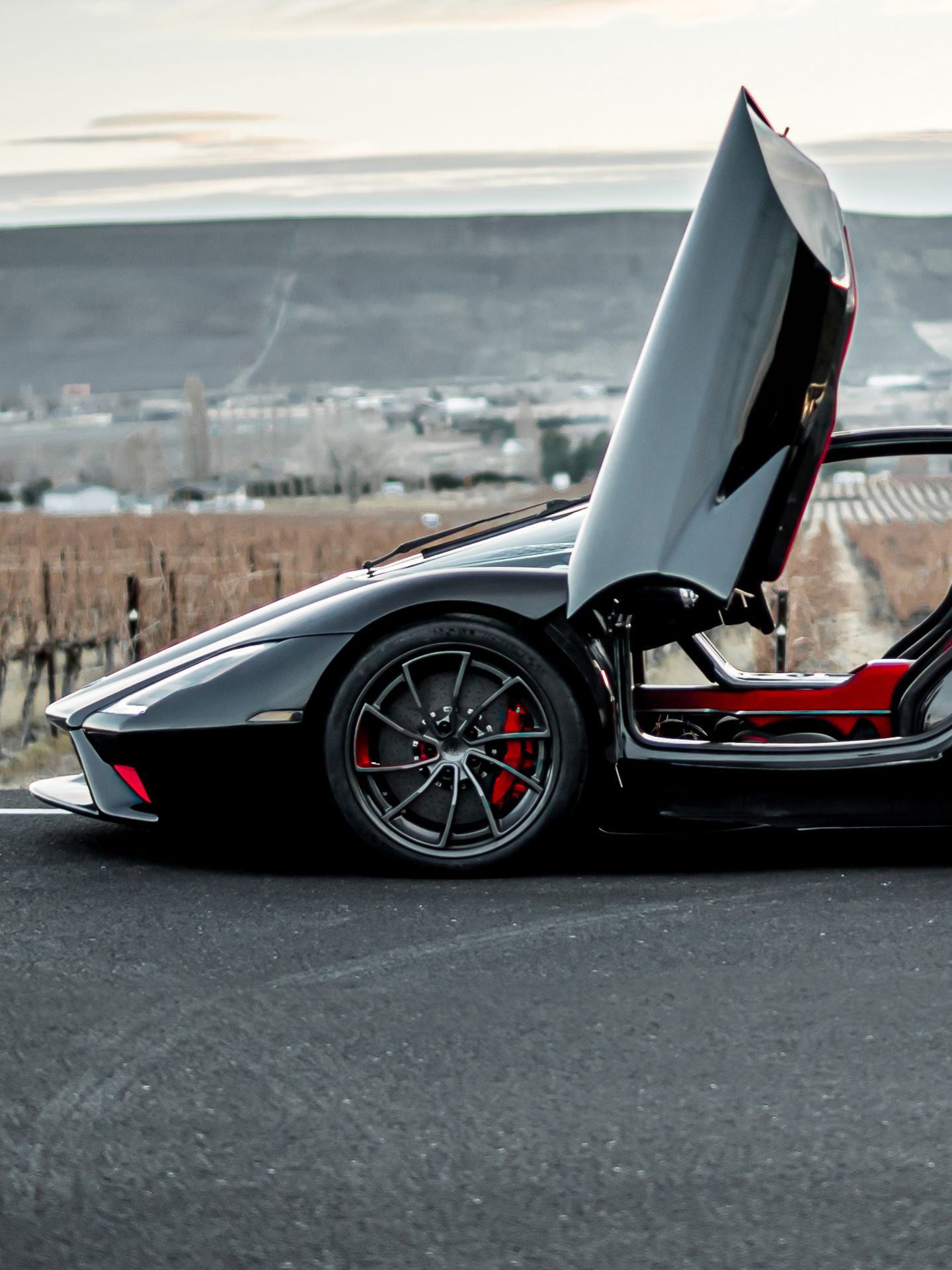The 2020 SSC Tuatara is the production version of a supercar that SSC North American has been developing since the late 2000s. Previewed by a concept car in 2011 and a pre-production model in 2018, the 2020 Tuatara is finally ready to go into production in 2020.
Aimed at supercars like the Bugatti Chiron, Koenigsegg Jesko, and the Hennessey Venom F5, the 2020 Tuatara features a V-8 engine that generates up to 1,750 horsepower and promises to hit a top speed in excess of 300 mph. The supercar costs more than $2 million and is limited to only 100 units. Let's find out more about it in the review below.
2020 SSC Tuatara
- Make: Array
- Model: 2020 SSC Tuatara
- [do not use] Vehicle Model: Array
Exterior
Just like the concept car from 2011 and the prototype from 2019, the production version of the Tuatara was designed in cooperation with Jason Castriota. A renowned car designer, Castriota penned a handful of iconic vehicles and concepts. Examples include the Ferrari P4/5, 599, and 612 Kappa, the Maserati GranTurismo and Birdcage 75th, the Saab PhoeniX, and the Rolls-Royce Hyperion.
Naturally, the big question on everyone's mind is how different is the production model from its predecessors? And the quick answer is: not that much.
Up front, SSC kept four big design features of the prototype: the V-shaped nose, the headlamps, the shape of the center vent, and the winglets that extend toward the corners of the splitter. But the front hood now features a more prominent, V-shaped power dome, while the tip of the nose extends a bit further from the body. We can also see extra vents onto the sides. While the prototype had its bumper closed off toward the wheels, the production model features big vents in those areas. The lower parts are also shaped like winglets, which translates into better aerodynamics and likely improved cooling.
|
|
ids=886362,886363 |
no_overlay=false |
before_label=2020 SSC Tuatara |
after_label=2019 SSC Tuatara> |
The profile of the production model remains faithful to the prototype. We can see the same dihedral doors and similar cutouts for the front and rear hoods.
The vents atop the rear fenders and the winglets mounted in the same areas seem identical as well. But the side skirts are a bit different. The Tuatara features a rather strange design here, with vents behind the front wheels and in front of the rear wheels, and a massive cutout between them. Both vents are a bit flatter now. While they extend wider than the car on the prototype, they're pretty much flush with the body on the production model. This change probably enhances aerodynamics, but it also gives the Tuatara a more polished look.
Of course, SSC designed new wheels for the Tuatara with multi-spoke rims through which you can see red calipers and massive brake discs.
|
|
ids=886365,886366 |
no_overlay=false |
before_label=2020 SSC Tuatara |
after_label=2019 SSC Tuatara> |
The rear end of the production Tuatara is virtually identical to the prototype. The design remains impressive thanks to the winglets that extend from the deck above the taillights at a 45-degree angle. This design reminds me of the Ferrari FXX-K, but the Tuatara looks way cooler as the "posts" look like a natural extension of the rear haunches.
The taillights are identical to the prototype, but the thin grille between them is a bit taller. Down below we can see the same triangular center vent that gives us a good look at parts of the drivetrain, flanked by equally massive outlets onto the sides. The bottom of the main grille is flanked by triangular exhaust pipes and a race-inspired, two-piece diffuser.
|
|
ids=886367,886368 |
no_overlay=false |
before_label=2020 SSC Tuatara |
after_label=2019 SSC Tuatara> |
The body is made entirely out of the carbon-fiber, just like modern supercars coming from prestigious automakers. This isn't entirely visible without a transparent finish, but it helps keep weight down and also improved stiffness.
Interior
The prototype looked rather sketchy due to the ugly steering wheel and the plasticky surfaces on the lower dashboard. The center console and the door panels also looked like they came from the 1990s, so I was hoping for SSC to make some changes here. Fortunately, the American brand overhauled the cockpit and gave the Tuatara the quality and the attention to detail it deserves.
The dashboard retains the design of the old model though, with an upper section wrapped in Alcantara and contrast stitching. There's aluminum trim running across the center, while the lower features exposed carbon-fiber and colored trim. This specific model features red trim and stitching, but you can select a different color from the options list. SSC refined the jet engine-style A/C vents on the center stack and at the corners of the dashboard, now featuring an aluminum finish. The steering wheel looks better as well and features a flat top and bottom, as well as a big emblem with Alcantara surround in the center.
|
|
ids=886369,886370 |
no_overlay=false |
before_label=2020 SSC Tuatara |
after_label=2019 SSC Tuatara> |
The Tuatara also features a massive, all-digital instrument cluster and a relatively big display in the center stack. The latter enables you to access the vehicle’s toggles, controls, diagnostics, and entertainment system. You can also access the multiple driving modes as well as operate the climate control system.
The company also promises to offer plenty of customizing options, to the extent that each Tuatara will be unique. This sounds like SSC is looking to go against cars from Bugatti and Koenigsegg.
Drivetrain and Performance
Underneath the carbon-fiber shell there's a carbon-fiber monocoque. Yes, the Tuatara is made almost entirely out of carbon fiber. The monocoque also features a smart systematic crash structure for enhanced safety, but the design also improved durability. The monocoque was built with suppliers based from Washington that deliver carbon-fiber components that meet strict aerospace standards, so the Tuatara shouldn't be inferior to other supercars on the market. SSC also collaborated with Customs Factory from Nevada to design and build the skeleton of the car.
But what about the engine? Is the production model still powered by a V-8? Yes, of course, but it's not the same 6.9-liter engine we saw in the concept car.
That's notably more than the most powerful version of the SSC Ultimate Aero. The TT, launched in 2009, featured a 6.3-liter V-8 that delivered 1,287 horsepower. So the Tuatara boasts an extra 63 horses on 91-octane and an extra 463 horsepower on E85. Quite impressive.
It's also impressive when compared to other 1,000+ horsepower supercars. Specifically, the Bugatti Chiron cranks out up to 1,578 horsepower, while the Hennessey Venom F5 comes with 1,600 horses on tap. The Koenigsegg Jesko, which replaced the Agera RS recently, pushes 1,281 horsepower on regular gasoline and 1,603 horsepower with E85. All told, the SSC Tuatara is the most powerful supercar in this comparison.
The Tuatara's powerful engine mates to a seven-speed automatic gearbox as standard. There isn't much info on it, but SSC says that it needs less than 100 milliseconds to shift in Track mode. We'll have to take the company's word on that.
SSC has yet to release a 0-to-60 mph estimate, but the Tuatara should be able to achieve the sprint in less than 2.5 seconds. This benchmark would put it on par with the competition, which usually returns 2.4- or 2.5-second sprints from 0 to 60 mph.
On the other hand, SSC said a while back that it’s confident the supercar will be able to hit a top speed of more than 300 mph. SSC has the same goal as Hennessey, which claims that the Venom F5’s will hit at least 300 mph. However, since SSC started making these claims Bugatti already did it with the Chiron Super Sport 300+. The French maker drove the supercar to a top speed of 304.77 mph in 2019, making the Chiron the first production model to surpass 300 mph. But because Bugatti made a uni-directional run, the Chiron Super Sport 300+ doesn't qualify for the Guinness World Record.
This wouldn’t be the first time that SSC owns the fastest production car in the world. In September 2007, the Ultimate Aero hit 256.18 mph, breaking the 253.7-mph record that Bugatti established in 2005 with the Veyron. The SSC’s record stood until July 2010, when the Bugatti Veyron Super Sport reached a certified top speed of 267.81 mph.
Performance aside, the Tuatara is a technological marvel when it comes to driver assist systems. Thanks to a range of automated systems, you can easily adjust the suspension, ride height, handling, shifting, and overall drivability.
The Sport mode, which is the default configuration, sets the car at a four-inch front and 4.5-inch rear ride height, and configures the transmission for easy and smooth shifting for low-speed operation on city streets.
While braking, the active rear wing deploys to help with braking and stability. The Tuatara also features a Front Lift mode that lifts the front suspension by 1.57 inches, allowing for clearance over speed bumps or other raised surfaces.
Price
Pricing information is not yet available, but we do know that SSC plans to build only 100 examples of this supercar. This means that the Tuatara SSC might actually compete with the likes of the Chiron and Jesko for pricing. Word has it the Tuatara will fetch at least $2 million before options. That's a big hike over the initial sticker of "over $1 million" that SSC announced back in 2011.
Competition
Bugatti Chiron Super Sport 300+
The Super Sport 300+ is a limited-edition version of the familiar Chiron. Although it shares most of its design with the regular model, it was altered in order to hit more than 300 mph. Specifically, it's almost 10 inches longer, it features a special logo, the exhaust system from the Centodieci, a modified exhaust system, and a more powerful engine. The 8.0-liter W-16 mill cranks out 1,578 horsepower, 99 horses more than the standard model. The bad news is that the Super Sport 300+ will have a speed limit set at 273 mph, so you won't be able to hit 304 mph in it, like Bugatti did. Pricing starts from a whopping $3.9 million, so it's more expensive than the Tuatara.
Read our full story on the Bugatti Chiron Super Sport 300+
Koenigsegg Jesko
The Koenigsegg Jesko goes in production in 2020 as a replacement for the iconic Agera. A brand new design inside and out, the Jesko is supposed to be better than its predecessor in just about every department. It looks aggressive, it's incredibly aerodynamic, and it features a powerful V-8 engine. The twin-turbo, 5.0-liter unit cranks out 1,281 horsepower on normal gasoline and 1,603 horses and E85, so it comes close to the Tuatara. It also features a nine-speed transmission that's notably lighter and smaller than the usual dual clutch. The cool thing about it is that it features seven clutches, which means that you can jump to any gear without disturbing the ratio. Koenigsegg promises a top speed of more than 300 mph. Production is limited to 125 units, but all have been sold out. Pricing is set at around $3 million before options.
Read our full review of the 2020 Koenigsegg Jesko
Hennessey Venon F5
Just like the Tuatara, the Venom F5 also replaces an incredibly fast supercar. However, the Venom GT doesn’t have a Guinness Record to brag about, despite being faster than the Veyron Super Sport in 2014 at 270.5 mph. Because the run was in a single direction and Hennessey had sold only 13 cars (out of the 30 required to qualify for a production record), the Venom GT missed the chance to beat Bugatti. Hennessey hopes to take its revenge with the Venom F5, a supercar scheduled to go into production in 2020. Unlike the GT, which had a body based on a Lotus, the F5 boasts an original design and new underpinnings. The twin-turbo, 7.6-liter V-8 sends 1,600 horsepower and 1,300 pound-feet to the rear wheels, which Hennessey claims is enough to hit at least 300 mph. Hennessey wants to build only 24 units and sell them for $1.6 million each.
Read our full story on the Hennessey Venon F5
Conclusion
The SSC Tuatara sound mighty impressive, but this was available back in 2011 as well. The difference is that SSC finally transformed it into a production model and it's no longer just a string of promises. Sure, we still need to see if it will hit 300 mph as promised, but the impressive output is as real as it gets, the organic design is there, and the interior looks really good. The SSC is the result of over a decade of passionate work to create an amazing supercar and it seems that Bugatti and Koenigsegg finally have something to worry about.

